Using ear candles to remove earwax
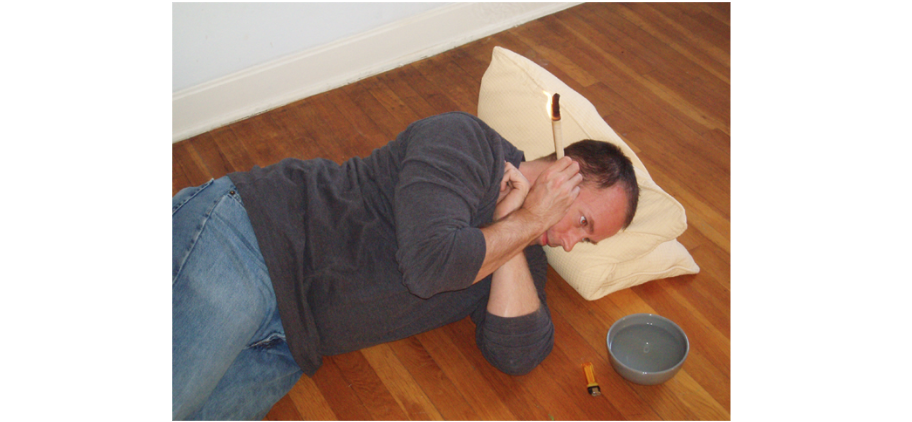
Ever heard of ear candles? The practice of ear candling involve placing a lit, hollow, cone-shaped candle into the ear. The idea is that the heat creates a vacuum effect that draws out earwax. But, there’s actually zero evidence to support this and it can often do more harm than good. Stick with safer methods like ear drops.
Applying toothpaste to burns
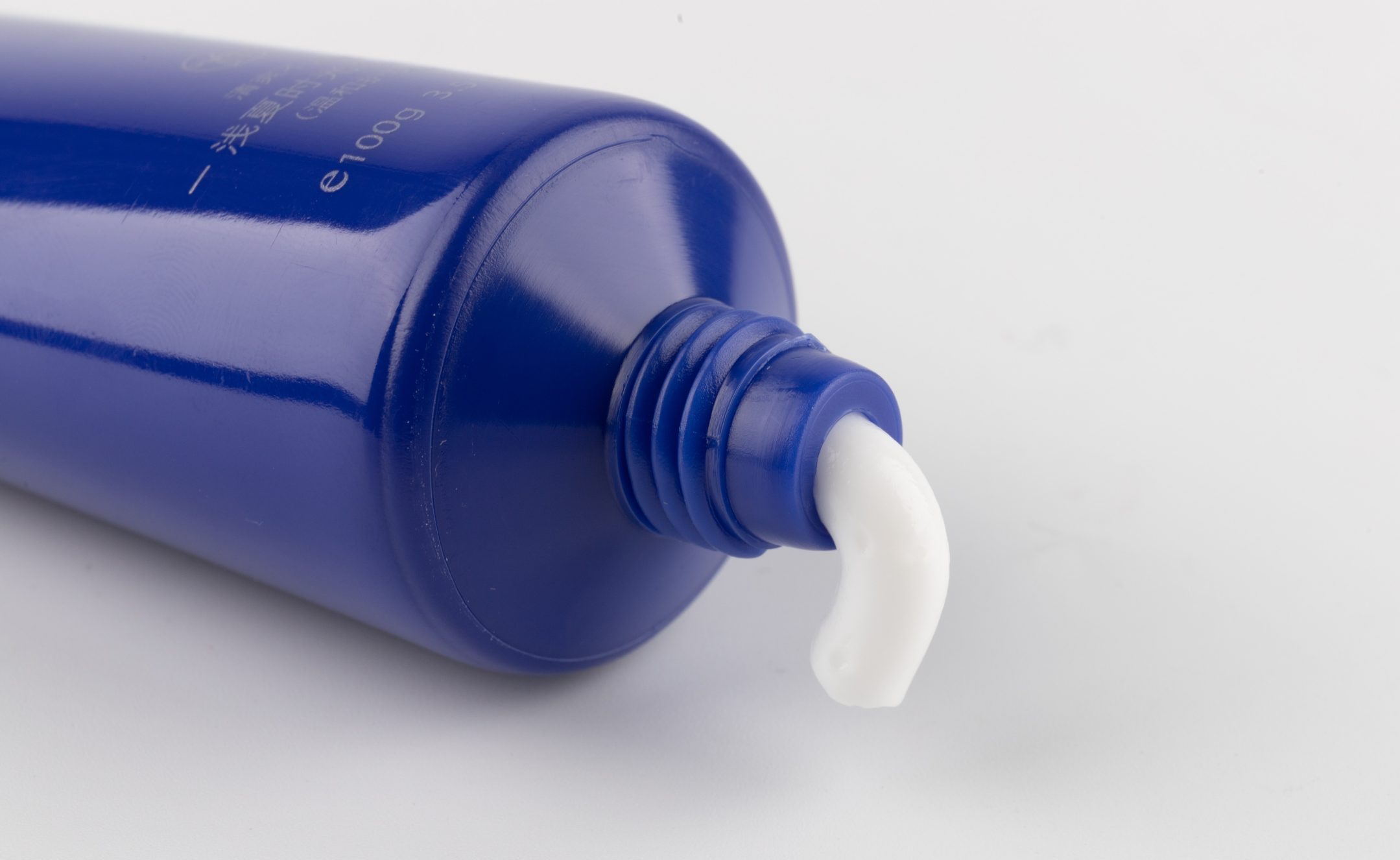
We’ve all heard the old wives’ tale of putting toothpaste on a burn, but this is one tip you should definitely ignore. Toothpaste can irritate the burn, intensify the pain and potentially lead to an infection or scarring. If you have a burn, run it under cool water and consult a medical professional for further treatment.
Relying on charcoal toothpaste for whitening
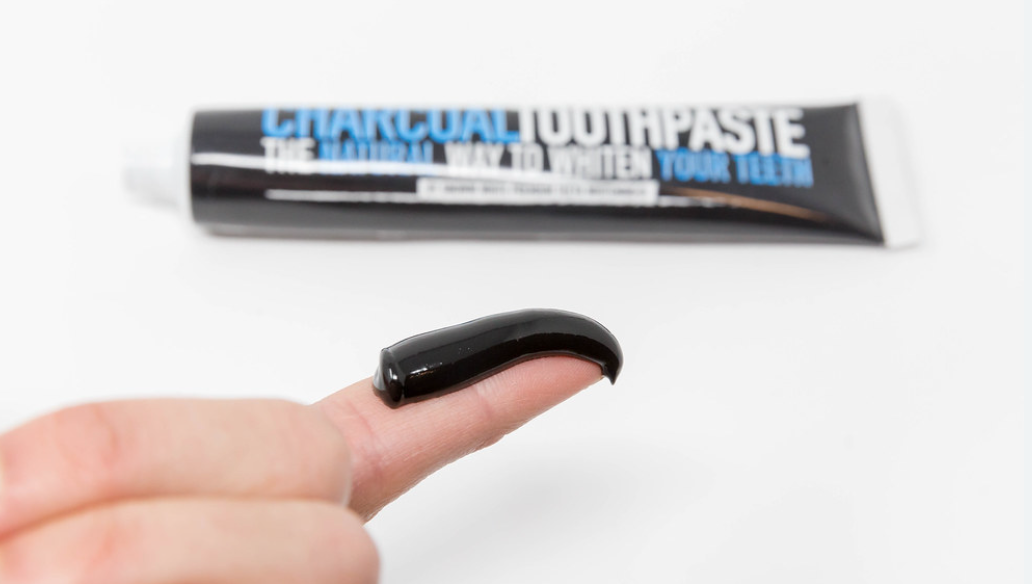
On the topic of toothpaste… charcoal toothpaste has become a popular trend for those looking to whiten their teeth. But does it really work? The truth is, while it may remove some surface stains, it can also be abrasive and potentially damage our teeth over time. A better choice? Stick with a fluoride toothpaste that has proven whitening benefits, or talk to your dentist about a more permanent solution.
Breathing into a paper bag during a panic attack

It’s a scene we’ve all witnessed in movies — someone panicking, then hastily breathing into a paper bag to calm down. While it might look like a tried and true technique, it can actually be counterproductive. It can decrease oxygen levels, which could lead to more anxiety or even fainting. Instead, try slow, deep breaths to help calm your mind and body.
Relying on energy drinks for hydration
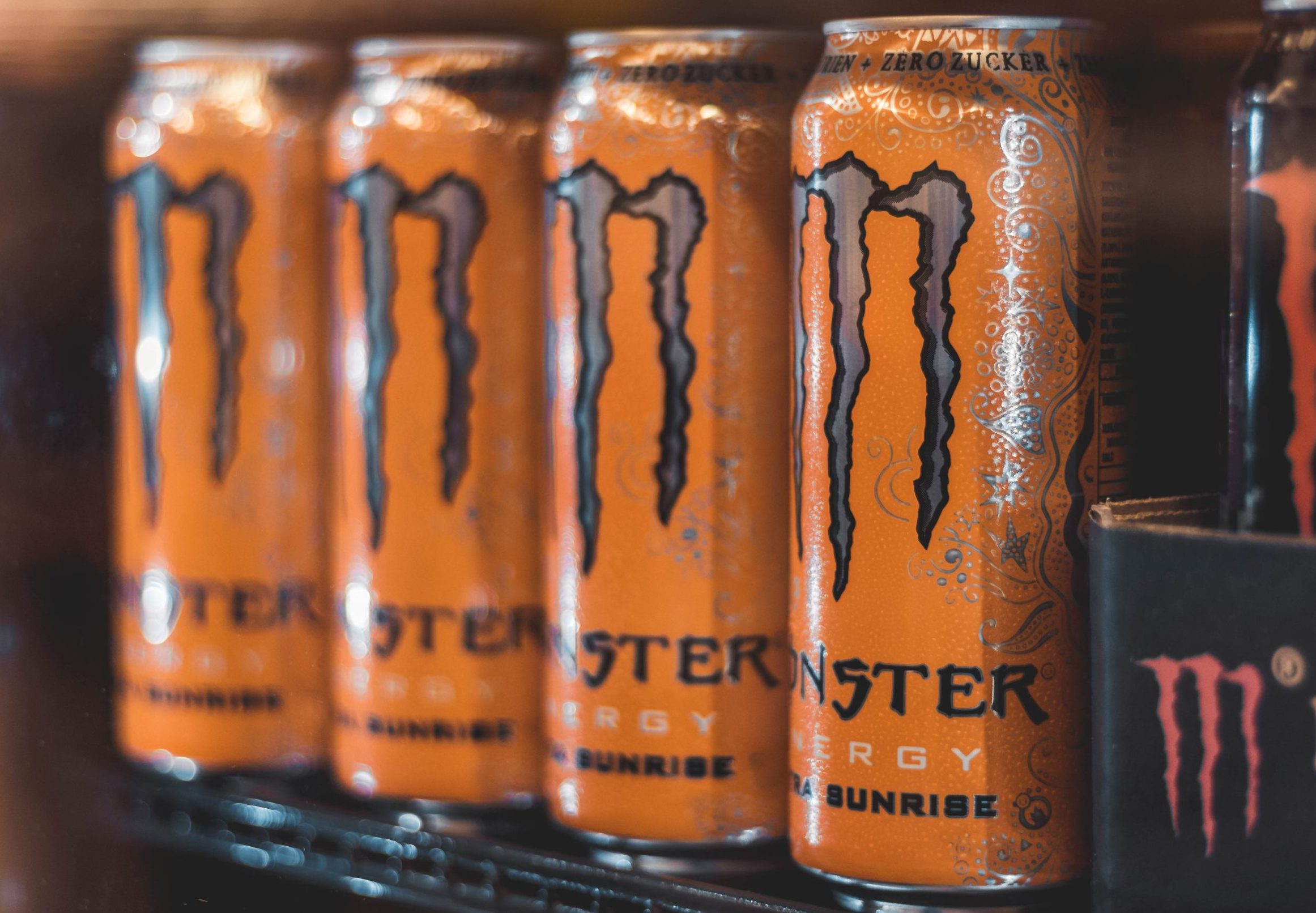
Thirsty after a long workout? Before you pop open that can of energy drink, think twice. Packed with caffeine and sugar, these drinks can actually dehydrate rather than replenish. The initial sips might feel invigorating, but the aftermath isn’t so sweet. For hydration – there’s nothing better than good old water.
Applying tape over warts
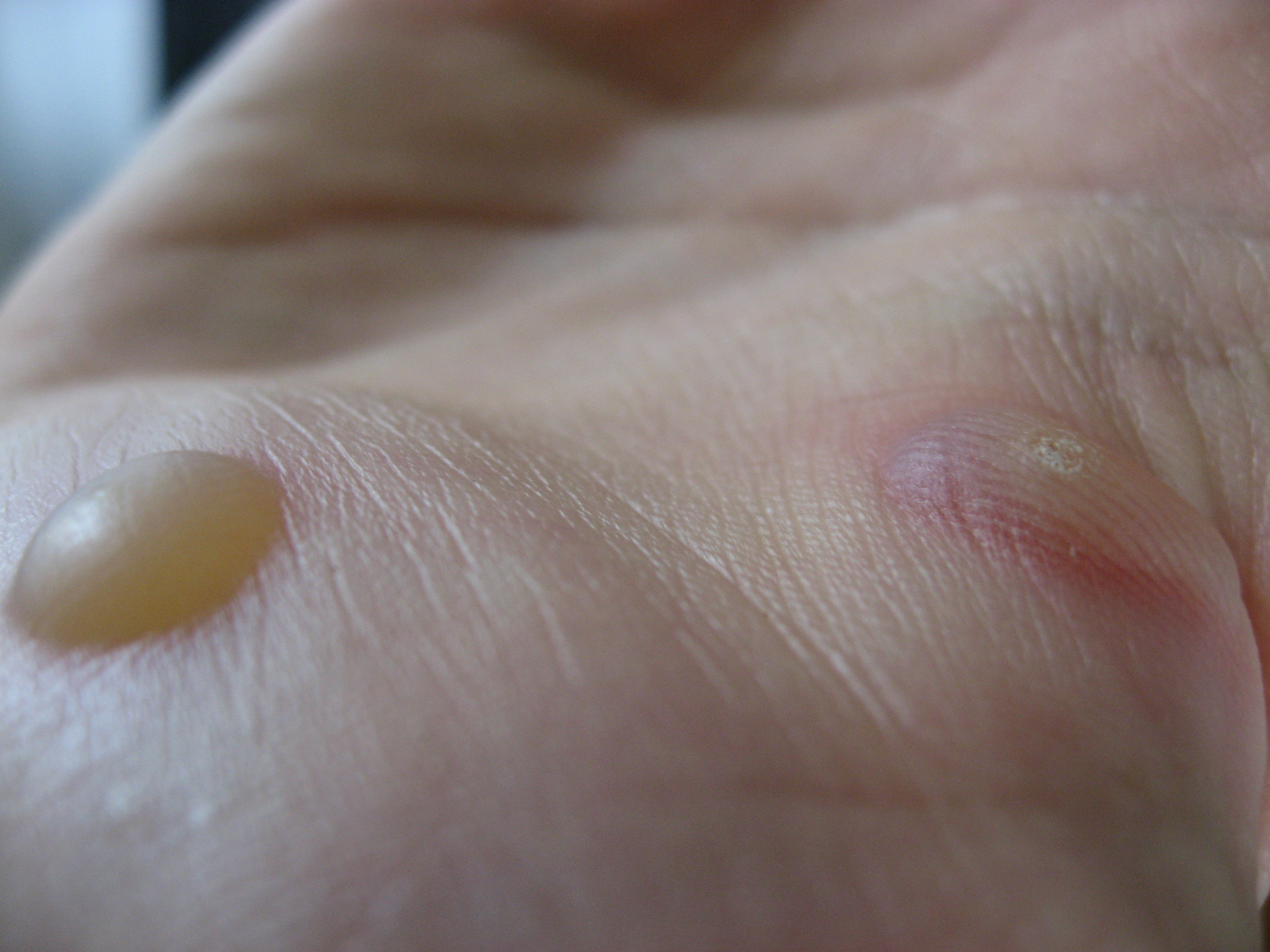
A solution that sounds too good to be true usually is. Some might have heard that placing a piece of tape over an unsightly wart will ‘suffocate’ it into submission. But, there’s no scientific evidence to support this. Plus, using tape can cause irritation or infection. A safer bet? Consult a dermatologist instead.
Drinking alcohol to warm up

Picture this: a cold winter night and someone recommends a glass of whiskey to ‘warm you up’. Yes, it might seem like the liquid warmth of alcohol warms you in the moment, but it’s a fleeting feeling. In reality, alcohol actually dilates blood vessels, causing heat to move away from your organs. So, while you may feel warm for a moment, your body is actually losing heat faster.
Using essential oils for medical conditions
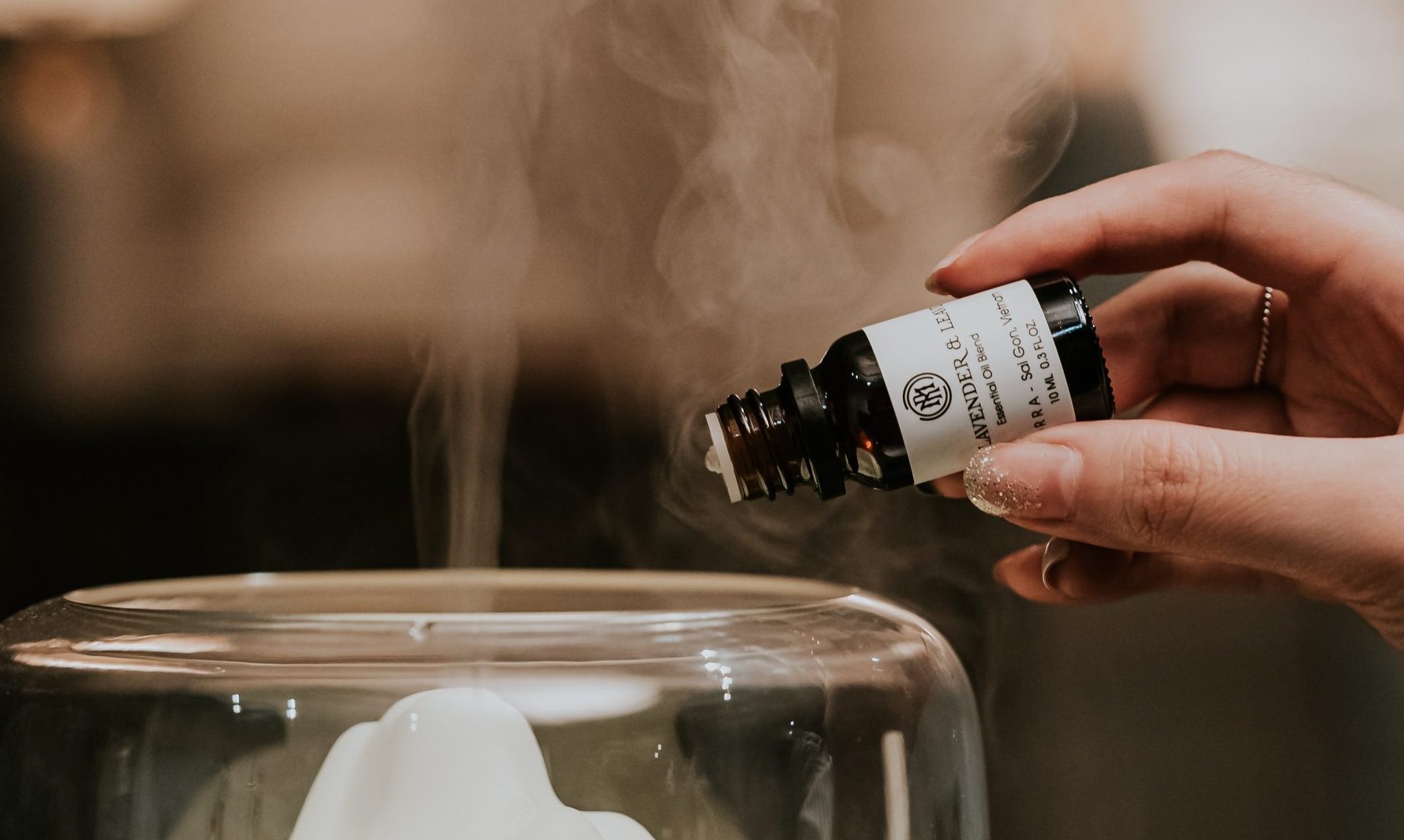
Lavender, eucalyptus, tea tree – they all smell lovely, don’t they? Some believe a few drops can magically heal problems. Well, it is true that essential oils have their benefits in aromatherapy, but relying on them solely for medical conditions is misguided. So next time you’re feeling relaxed by essential oils, remember: fragrance doesn’t always equal a cure.
Juice cleanses
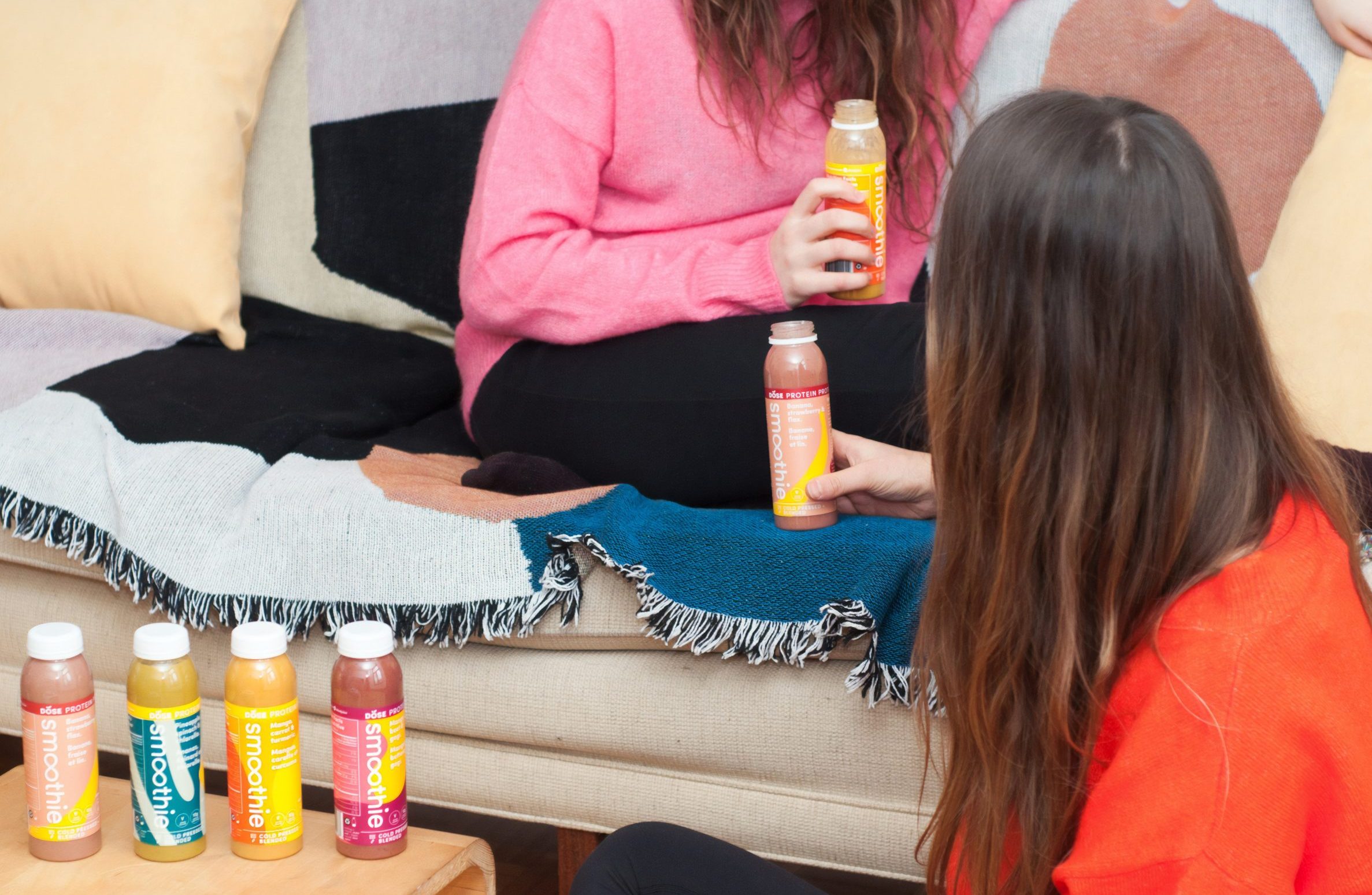
We’ve all heard about the wonders of juice cleanses for detoxifying the body. But the reality? Our bodies already have their own built-in detox system – the liver and kidneys. Juice cleanses can often be high in sugar and lack the necessary nutrients your body needs. In reality, nutritional balance can’t be squeezed into a bottle.
Applying ice directly to a burn
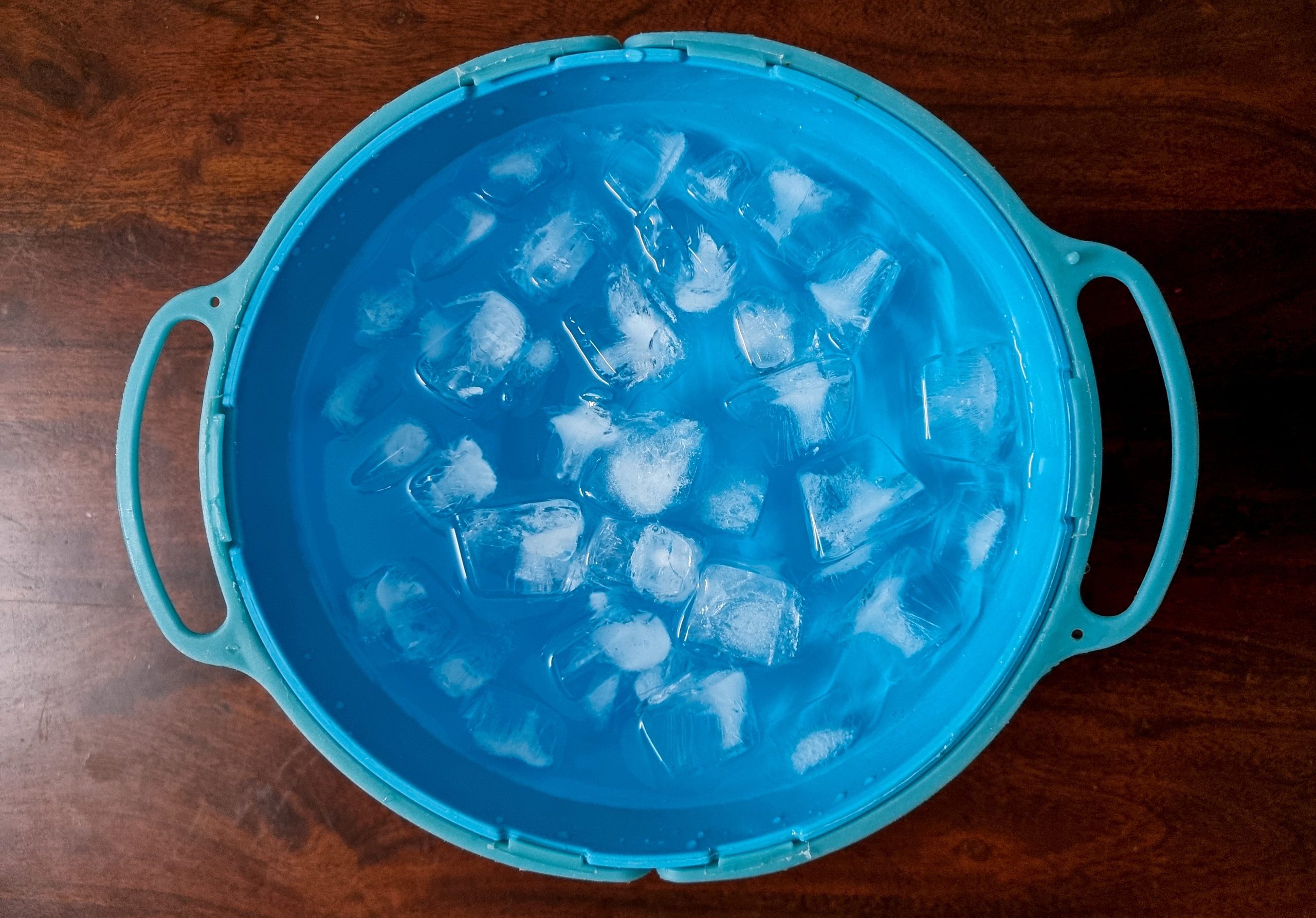
Burned your finger on the stove? Your immediate thought might be to press an ice cube onto it. But ice can cause more harm than good by restricting blood flow to the injured area. Instead, you should run the burn under cool water for about 10 to 15 minutes. This will help to cool the area without no risk of additional damage.
Using hydrogen peroxide on wounds
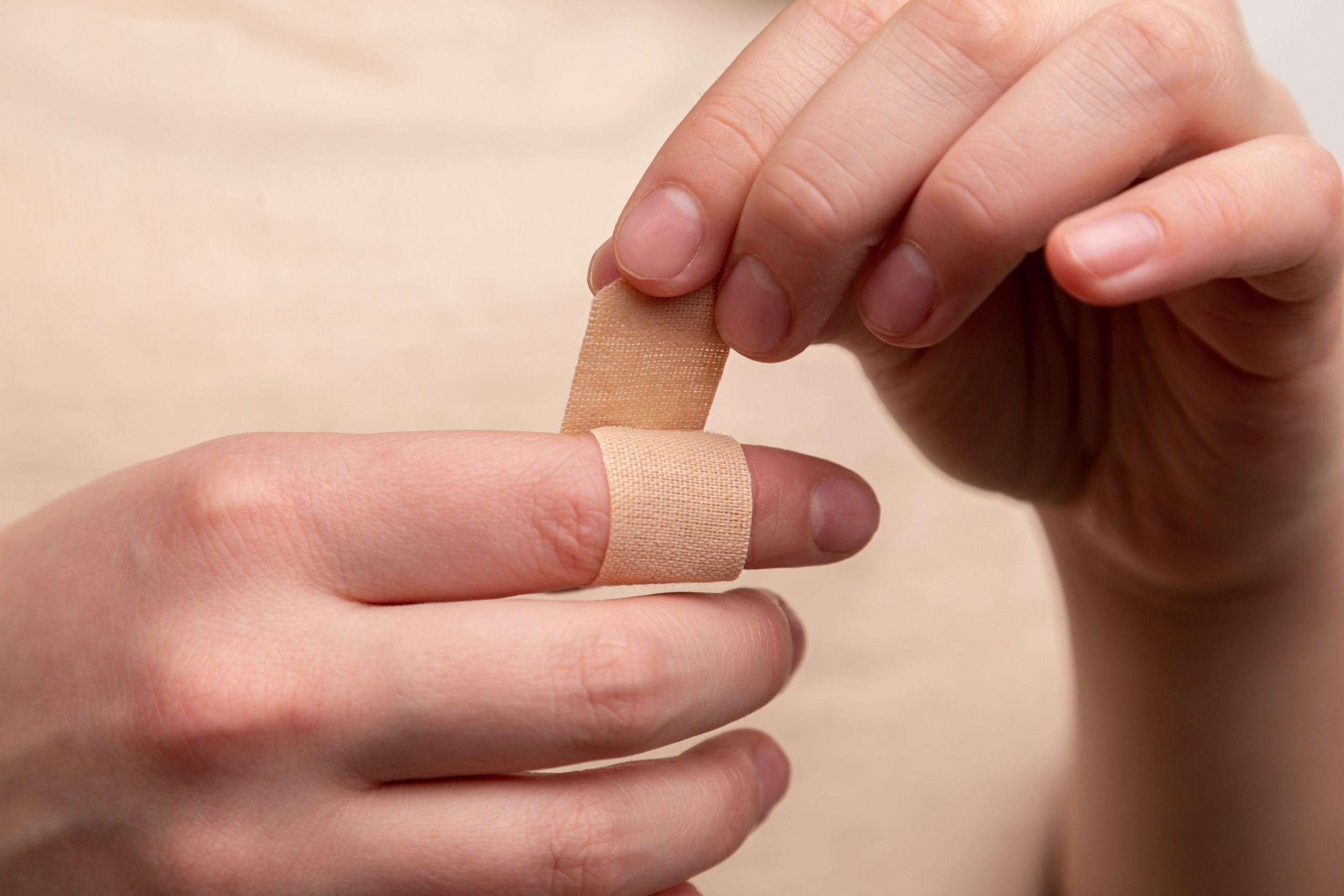
A lot of people swear by hydrogen peroxide for cuts and scrape. The fizzing and bubbling? It must mean it’s working, right? Surprisingly, that’s not the case. While it might look like a science experiment, regularly using hydrogen peroxide can damage the healthy cells that help the wound heal. Sometimes, it’s best to stick to mild soap and water.
Drinking vinegar
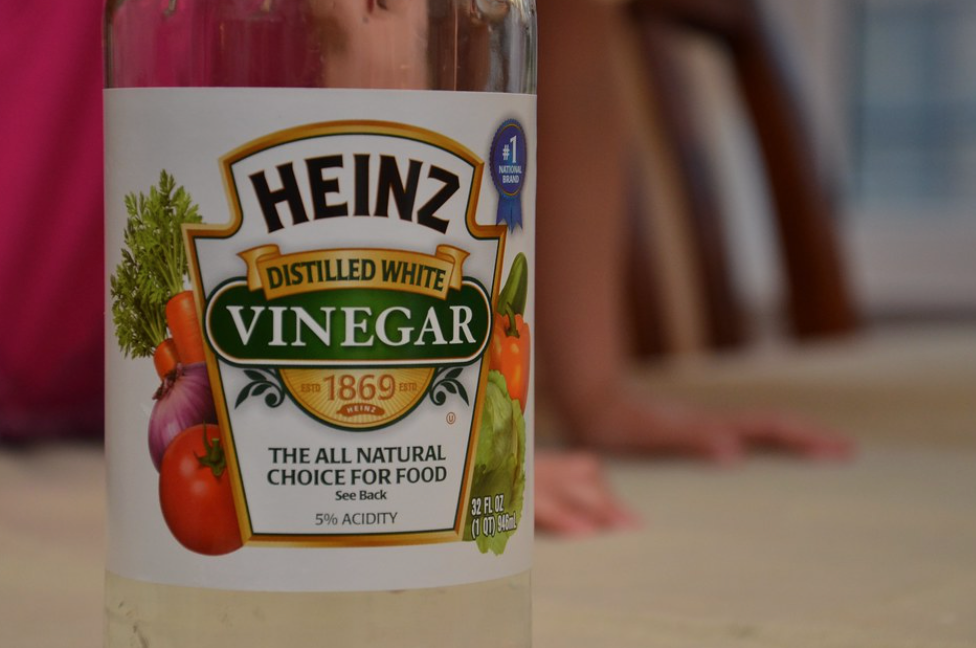
Vinegar can be great on salads, but as a magical weight loss potion? Not so much. Some do swear by it as a fat-melting elixir, but the evidence is just not there. Downing vinegar can actually also be harmful. It can erode tooth enamel and irritate your stomach. Remember, the only proven way to lose weight is the old fashioned way – a balanced diet and regular exercise.
Drinking coffee for a hangover

Many turn to coffee as a cure for a hangover, thinking that it will help to ‘sober up’ or alleviate headache symptoms. In reality, caffeine can actually contribute to dehydration, making hangover symptoms even worse. A better solution? Opt for water or sports drinks to help rehydrate the body.
Gargling saltwater for a sore throat
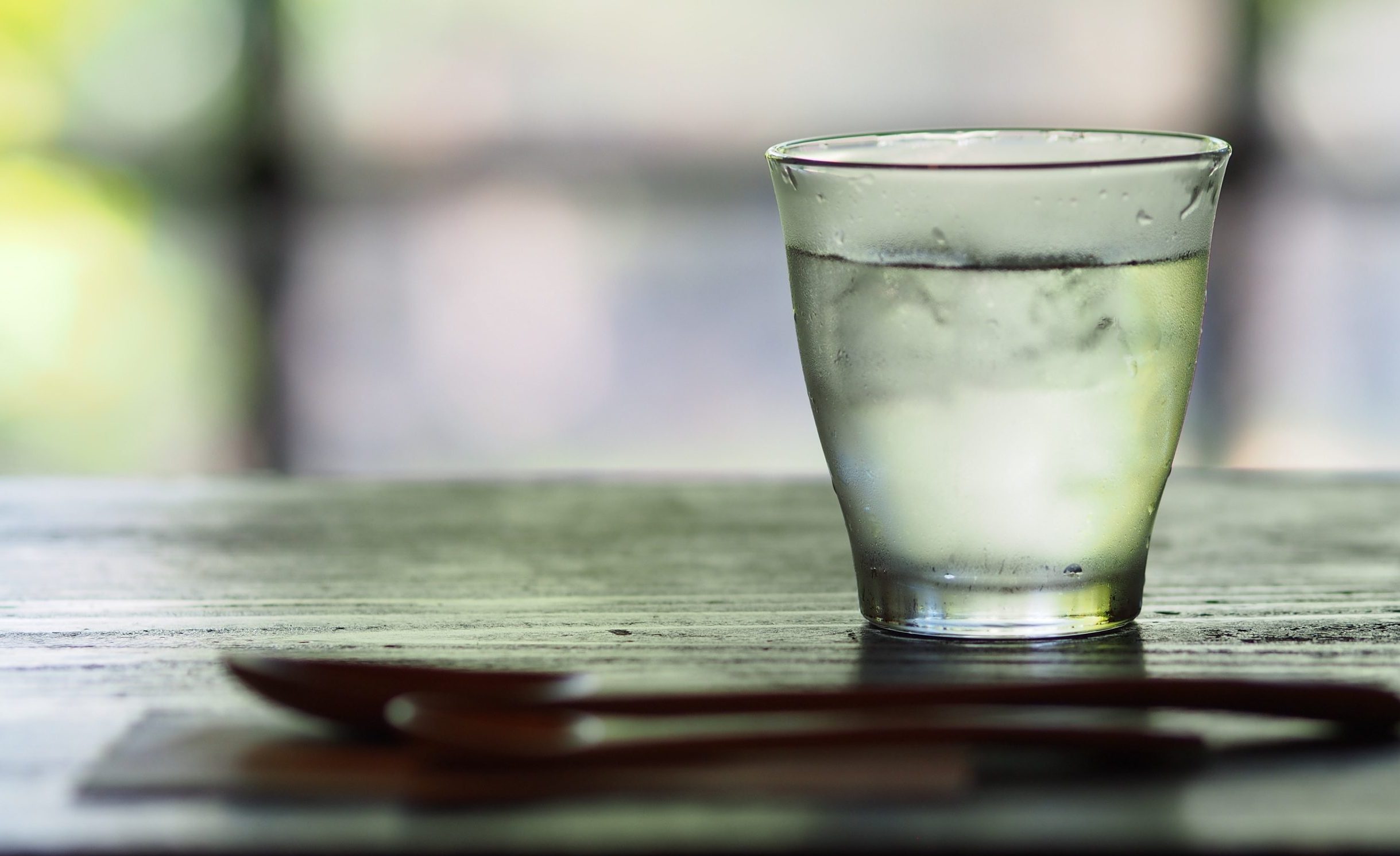
Ok, gargling with saltwater can help to temporarily relieve pain and kill bacteria, but it’s definitely not a cure-all. If your sore throat keeps going or you’re experiencing other symptoms like fever, it’s important to see a doctor for proper treatment.
Applying lemon juice to acne
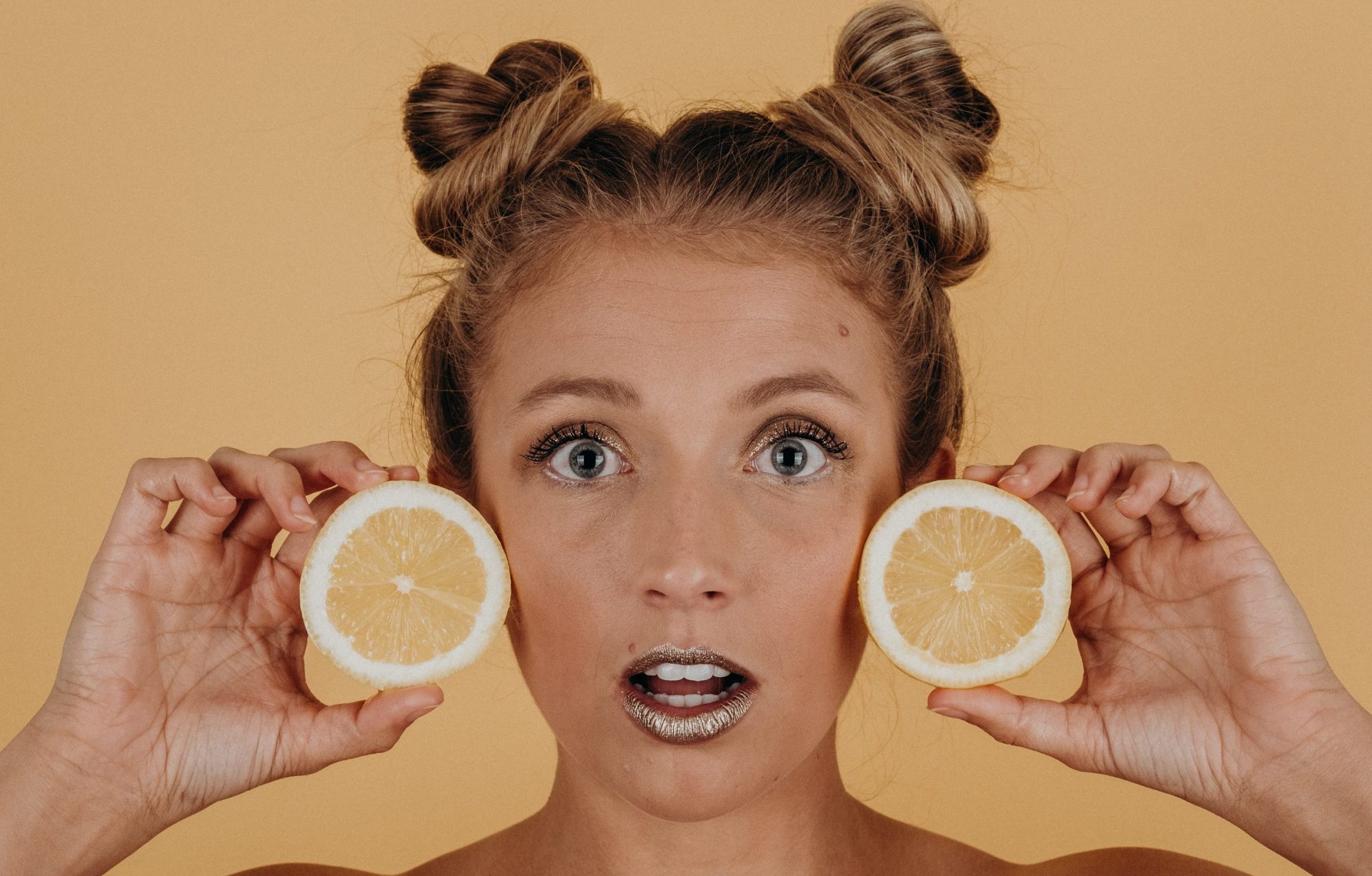
Ah, the quest for clear skin. Many people turn to lemon juice for its antibacterial properties, but be careful, as it can also irritate your skin. Using it as a spot treatment can cause redness, dryness, or even chemical burns, and actually make your skin worse. Instead, go for proven acne-fighting ingredients, like salicylic acid.
Using colonics for detoxification
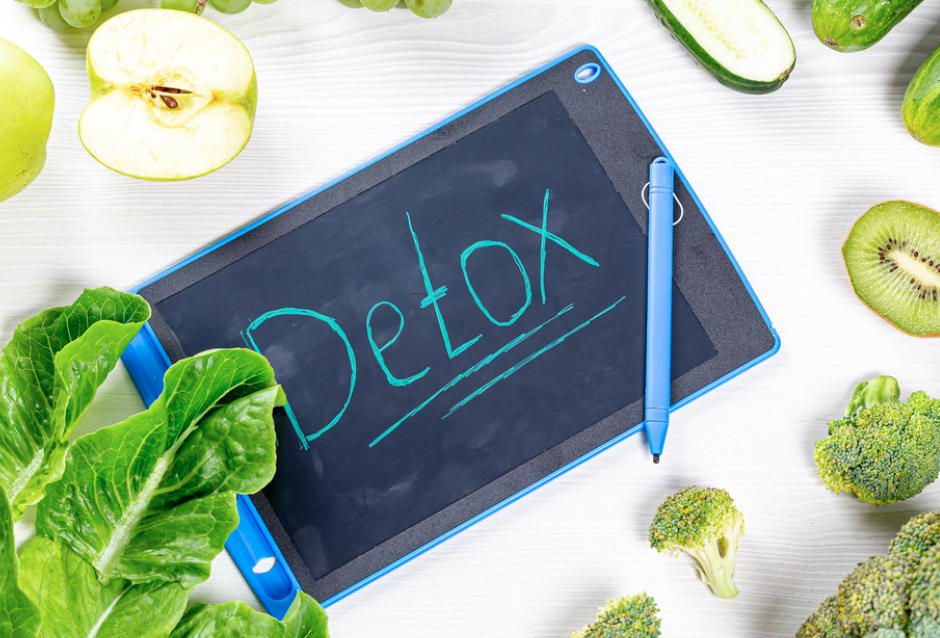
Colonics are often marketed as a way to remove toxins from your body. But the reality? This might surprise you, there’s no robust scientific evidence to support this. Plus, the procedure can be risky, potentially leading to bowel troubles. A healthier and safer way to detox? Maintain a balanced diet and stay hydrated.
Taking too many vitamins
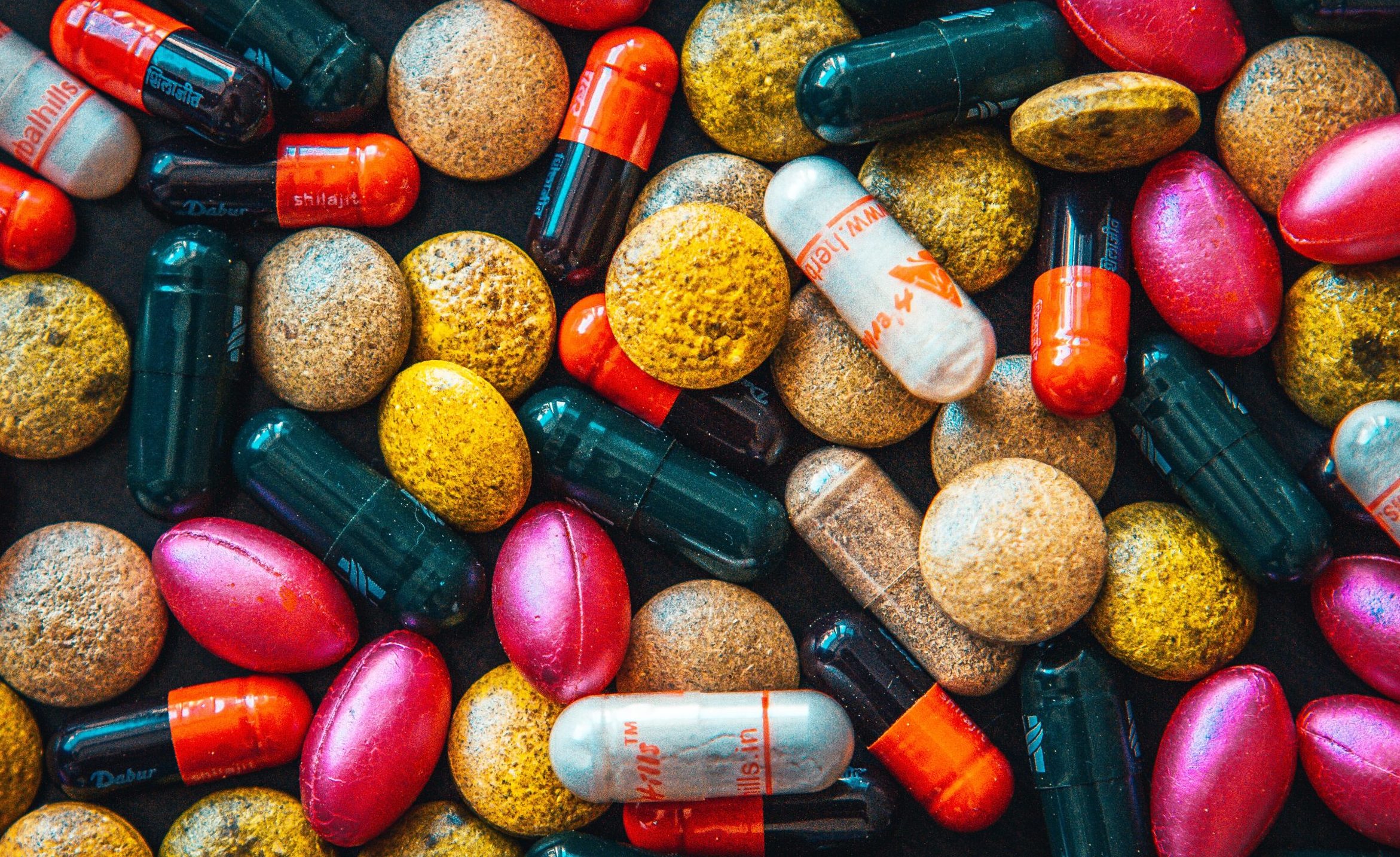
Just because a little is good doesn’t mean more is better. Mega-doses of vitamins may seem like a shortcut to better health, but they can actually do more harm than good. Your body can only absorb so much, and the rest? It just passes through your body, flushing your money and effort quite literally down the toilet. Also, be careful, too much of a certain vitamin can even be toxic.
Alkaline water
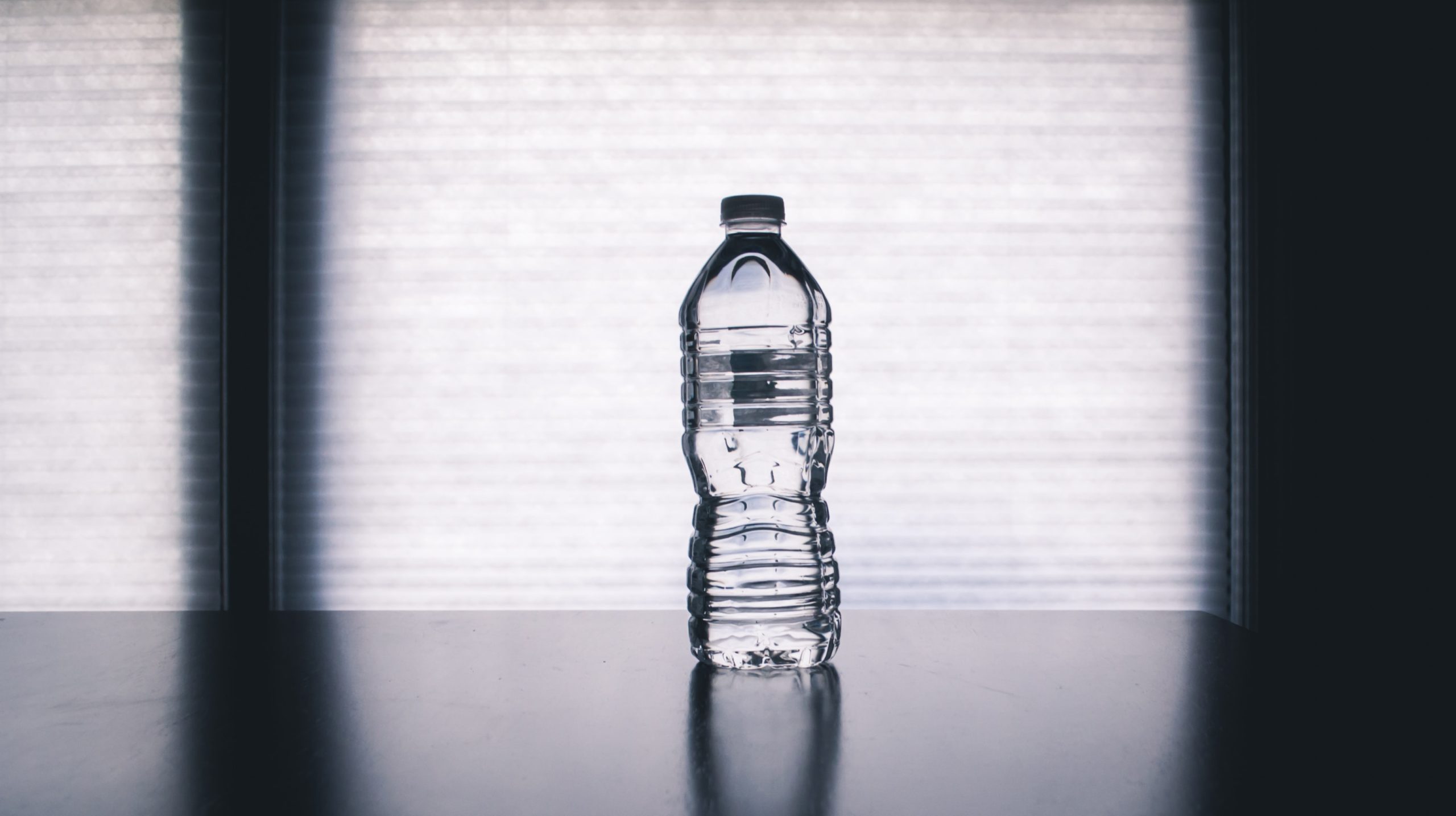
In recent years, alkaline water has come up as a ‘miracle cure’ for a variety of things. But the science behind these claims is dubious at best. But the truth is, the body tightly regulates its pH balance, and drinking alkaline water won’t change that. Save your money and stick to regular, clean water instead.
Waist trainers

Those corset-like waist trainers might give you an hourglass figure, but don’t be fooled – it’s not going to help you lose weight. What they can do, though, is restrict your breathing and cause discomfort. Best case? You’ll lose water weight through sweat, but this is temporary. Better to stick with the classics: eat well and exercise.
Using Vaseline as a moisturizer
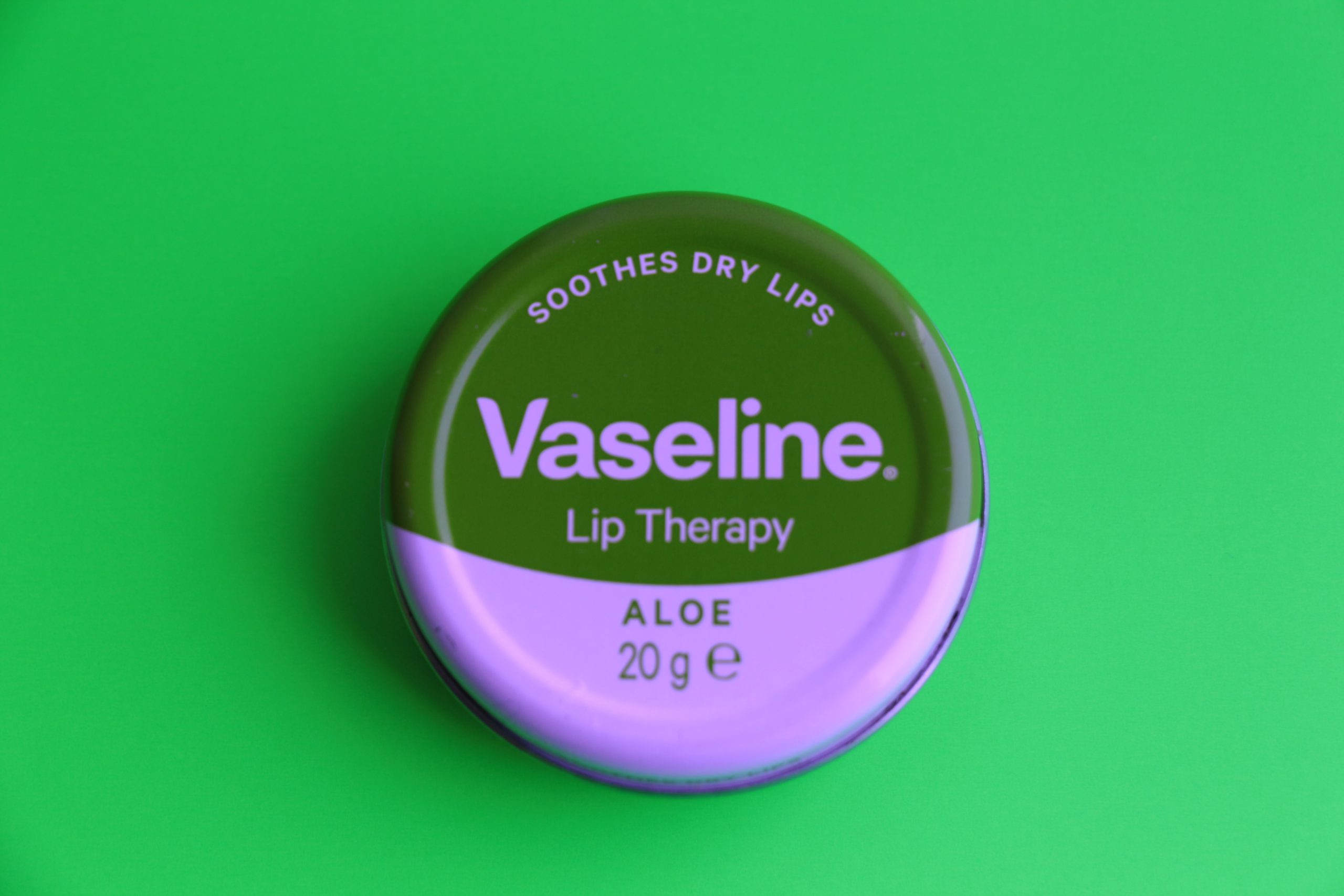
This one might sound surprising, because Vaseline does feel soothing on dry skin, but it’s not actually moisturizing. So, what does it do? Essentially it creates a barrier that locks in moisture, but it doesn’t actually provide any hydration itself. Try a lightweight, hydrating moisturizer instead – your skin will thank you.
Applying mayonnaise as a hair conditioner
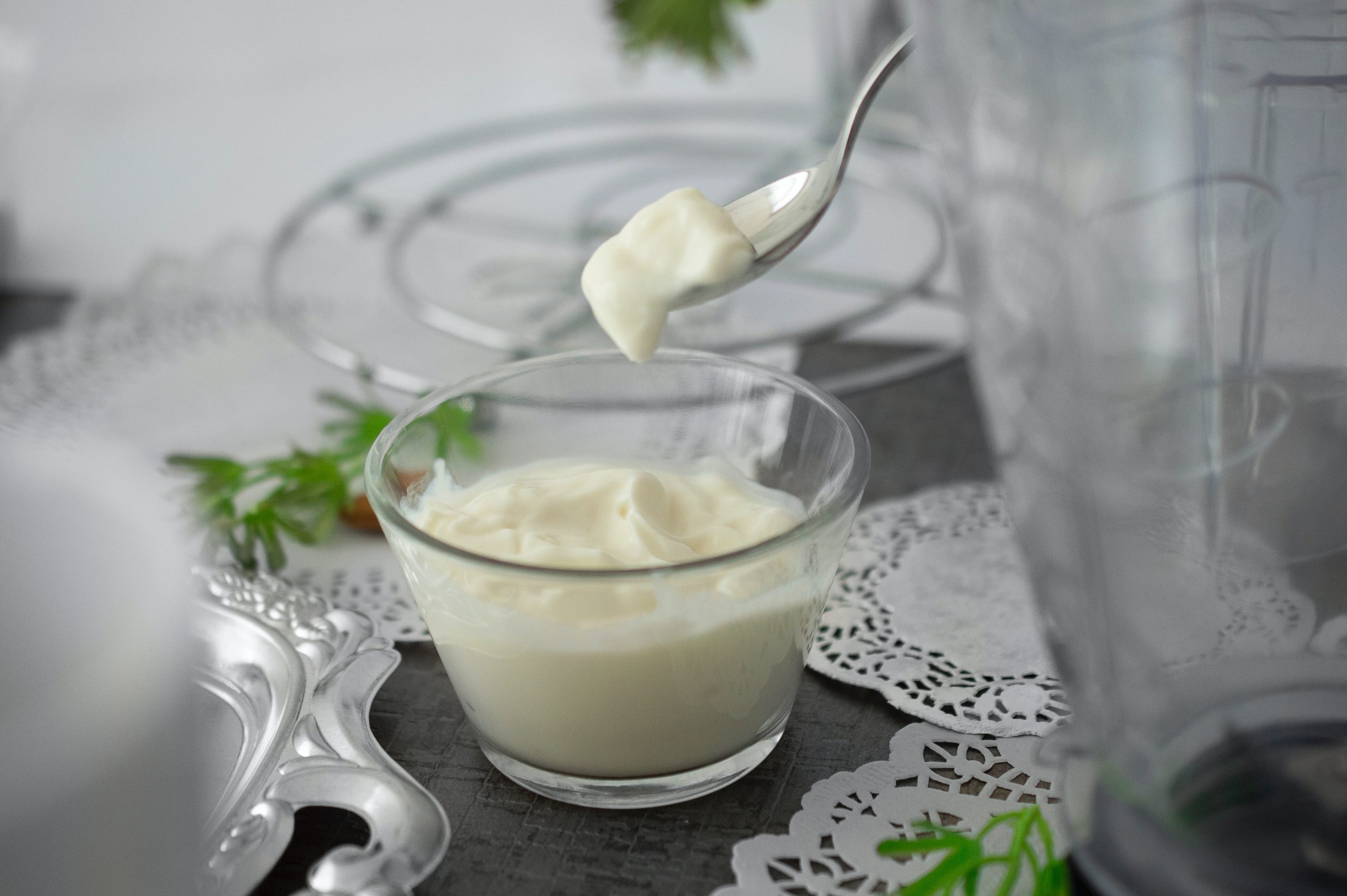
Great in a sandwich? Yes. Great for your hair? No. While some claim that mayo can condition your hair, the high-fat content could leave your hair feeling greasy and weighed down. Plus, it can be a hassle to wash out, leaving a sour, milky smell long after you think it’s off your head. Stick to proven hair conditioners for the best results.
Yogurt for yeast infections
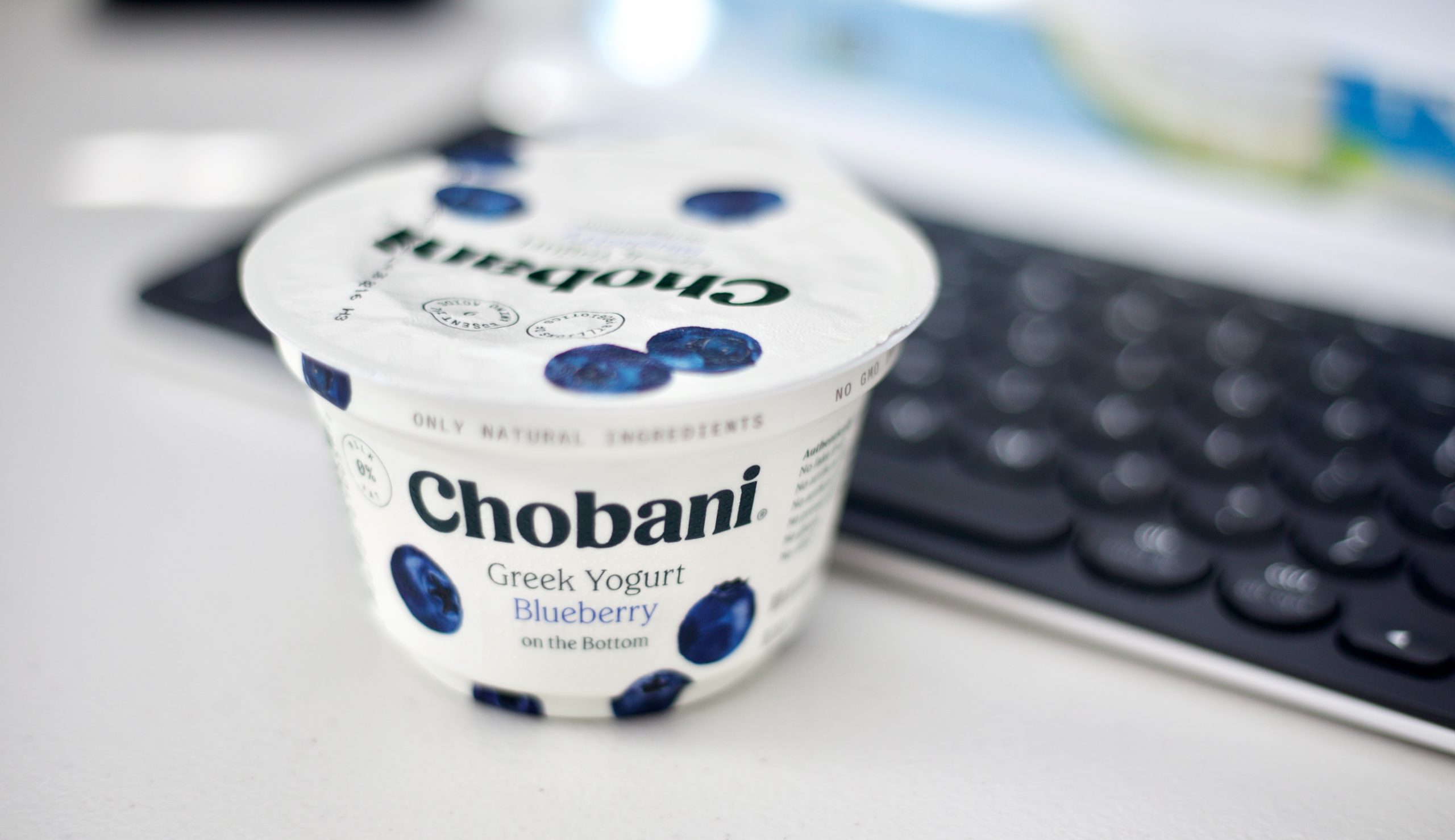
Yogurt contains probiotics that are beneficial for your gut health, but there is no concrete evidence that eating yogurt can cure a yeast infection that’s already taken place. If you have the symptoms, consult a doctor for appropriate treatment. Self-treating with yogurt can delay getting the right help.
Using coconut oil as a sunscreen
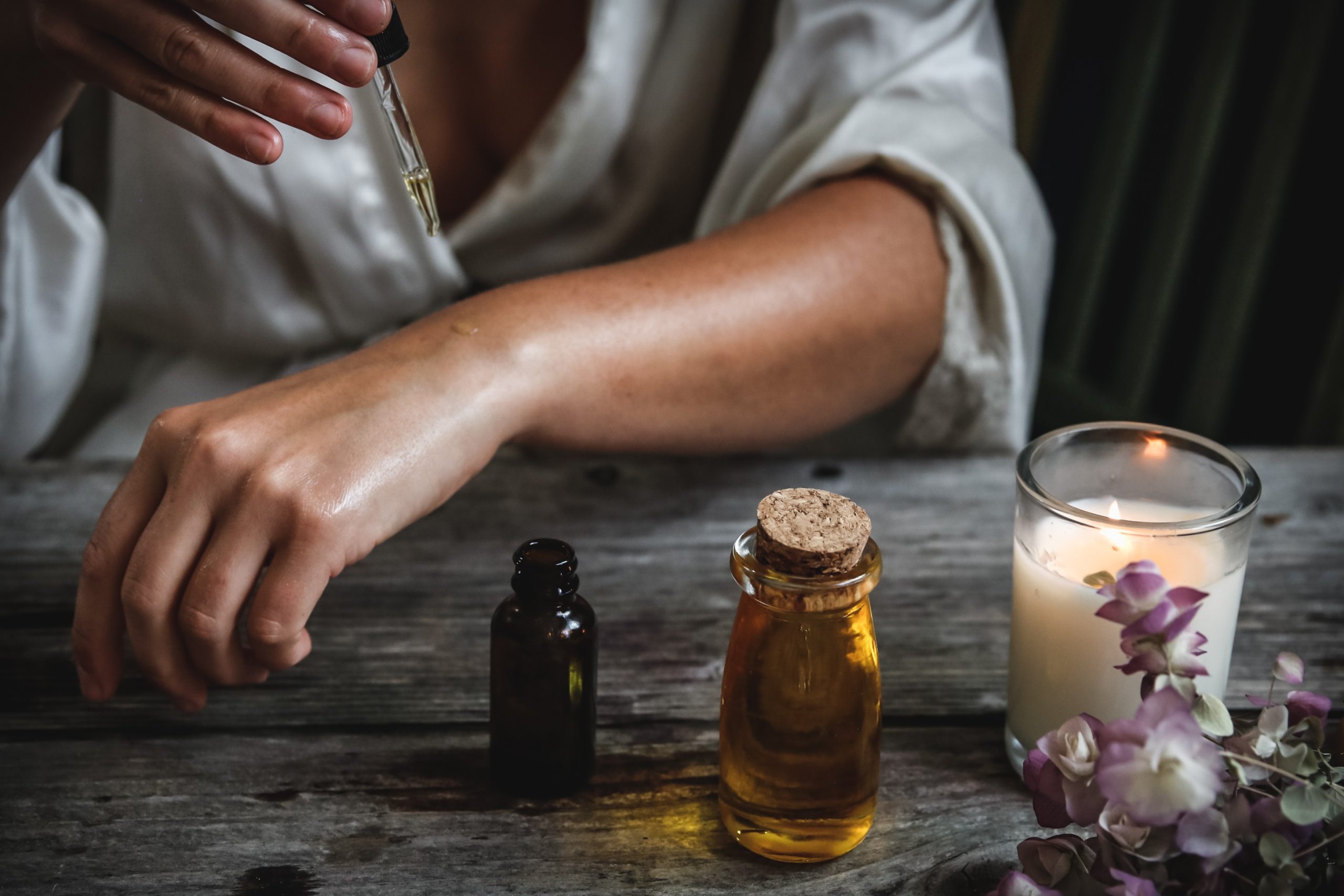
Coconut oil has many benefits, but acting as an effective sunscreen isn’t one of them. While it might provide minimal SPF protection, don’t be fooled, it’s nowhere near enough to protect you from UV rays. Never forget suncream and go for a high SPF to keep your skin safe and healthy.
Eating honey for allergies
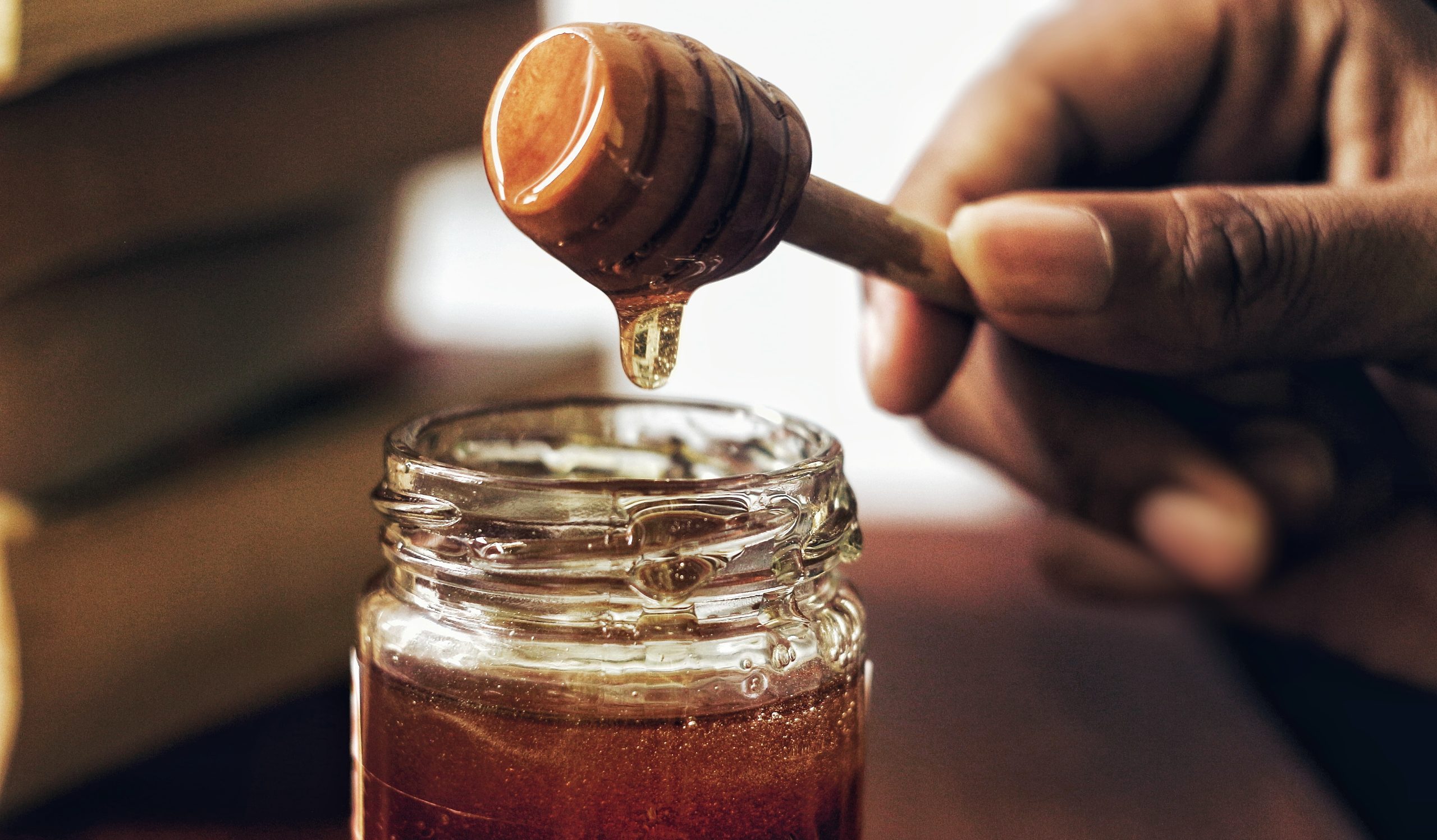
Yes, honey has many health benefits, but eating local honey as a treatment for allergies is not one of them. The idea is that consuming honey from local flowers will help your body build up a resistance to the pollen. But most allergies are actually caused by wind-pollinated plants, which of course is not the kind of pollen typically found in honey.
Using VapoRub on feet to alleviate cough
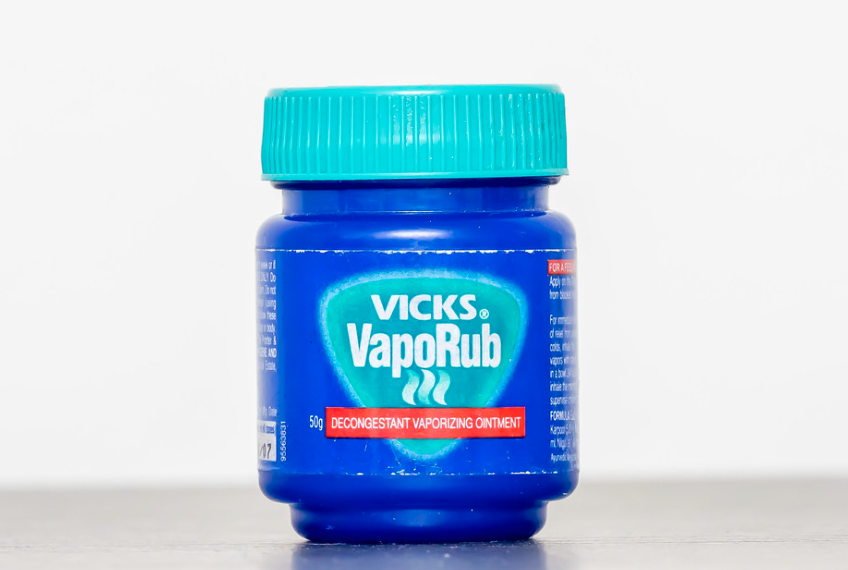
It sounds bizarre, but this is a trick used in many households: cover your feet with VapoRub, put on socks, and watch that cough disappear. While it feels soothing and cooling, again, there’s no scientific evidence to show this method directly combats coughing, so this life hack could well be just a placebo effect in action.
Applying cucumber slices to sunburn
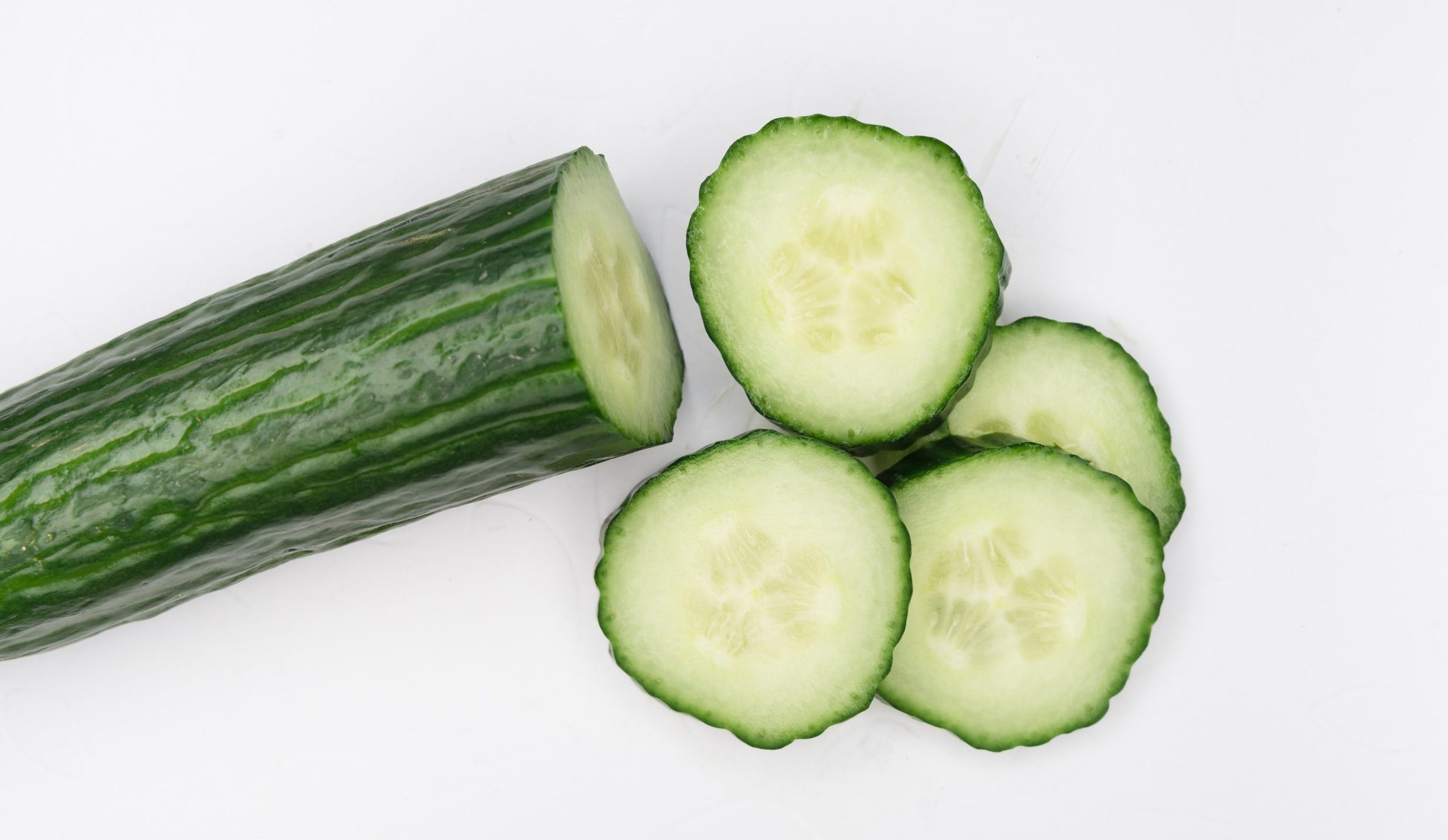
Cool cucumber slices feel so refreshing, especially on a sunburn, right? It’s true that cucumbers have hydrating properties, but they don’t possess any magic sunburn-healing powers. They might provide some temporary relief because they’re cool, but if you want a proper remedy – go for an actual sunburn lotion or gel.
Using clear nail polish on insect bites
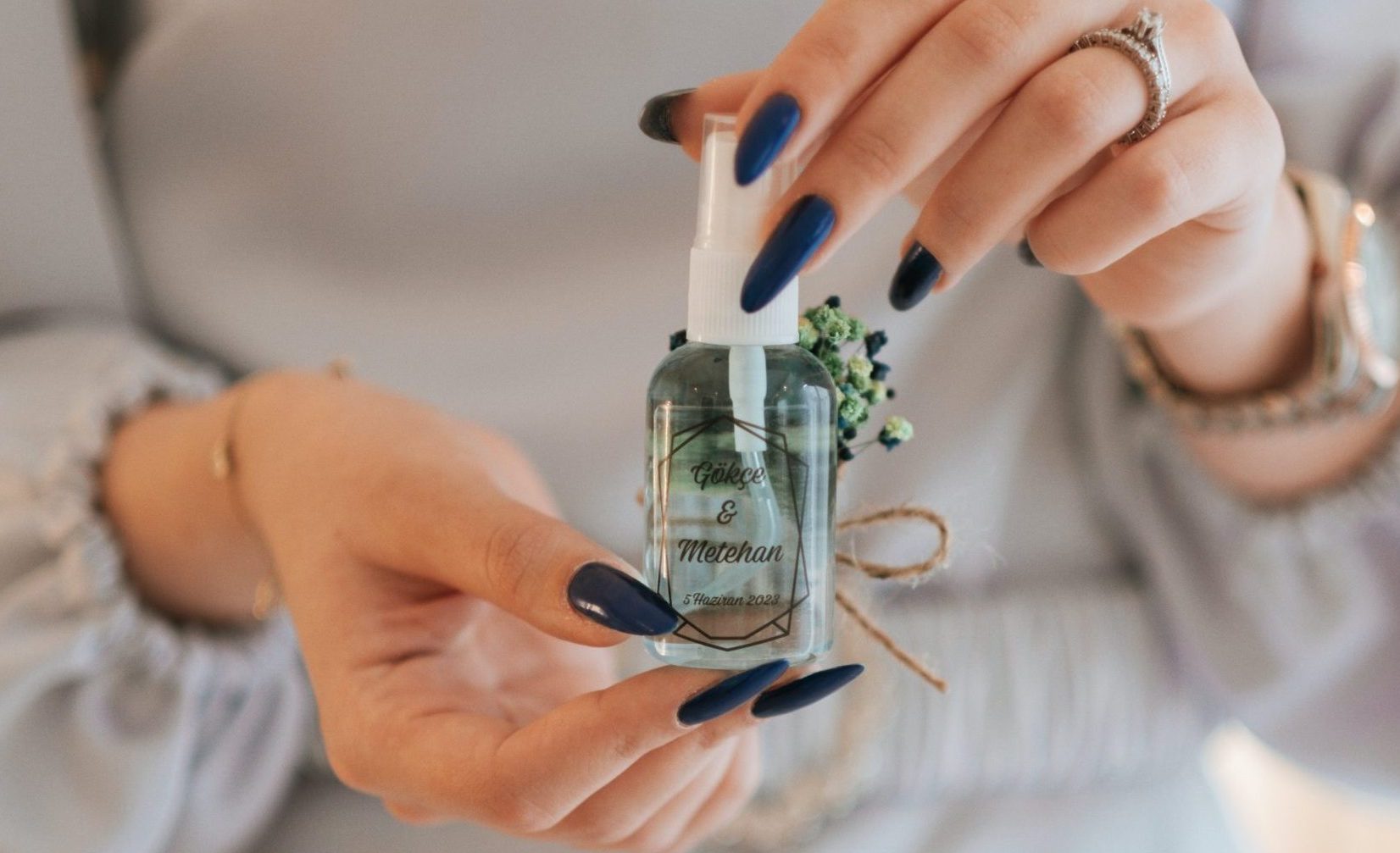
You might have heard that applying clear nail polish on insect bites can stop itching. While it might feel like a barrier, to stop you from irritating it, it doesn’t actually treat the bite or help with the itching long-term. On top of that, it could even irritate the skin further and prevent healing. Feeling itchy? Use a specifically marketed remedy instead.
Using baking soda to whiten teeth
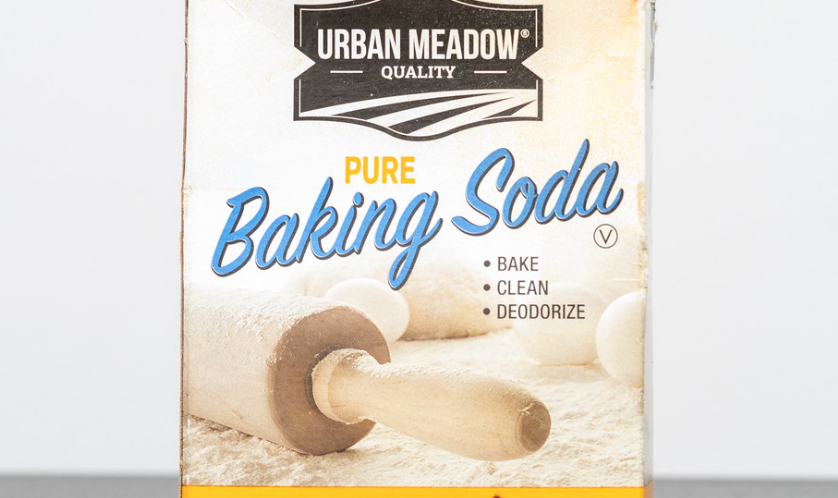
We all want a beautiful, bright smile, and lots of us often turn to all and any remedies we can find to achieve it without having to spend hundreds. One supposed remedy is baking soda. Like charcoal, it can remove some surface stains, but can also be abrasive and wear away your enamel, leading to bigger problems than just stains on your teeth.
Applying cornstarch to diaper rash
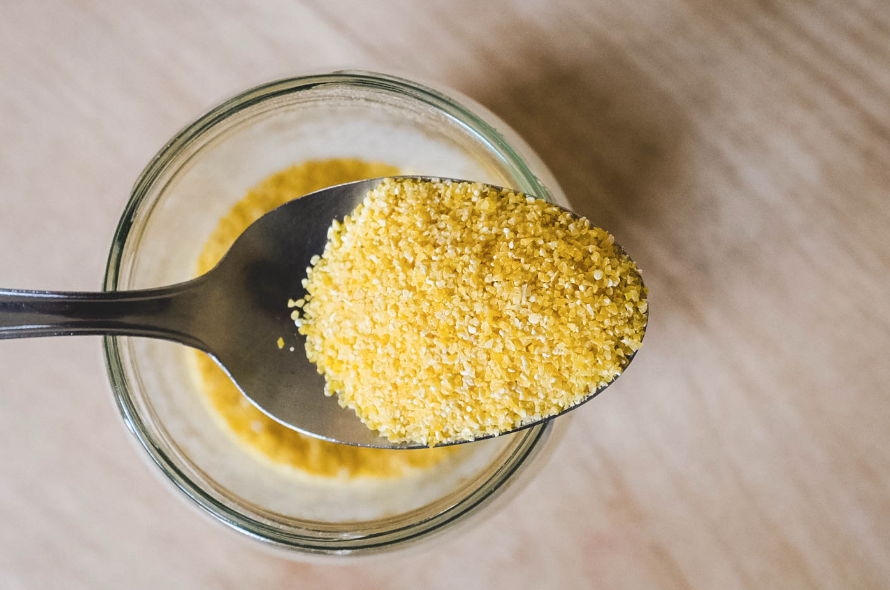
Desperate times, like a baby’s painful diaper rash, call for desperate measures, right? Some might turn to cornstarch, thinking it will soothe. But beware: cornstarch might actually worsen a diaper rash. Make sure to consults pediatric recommendations for suitable treatment options.
Relying on antihistamines for sleep
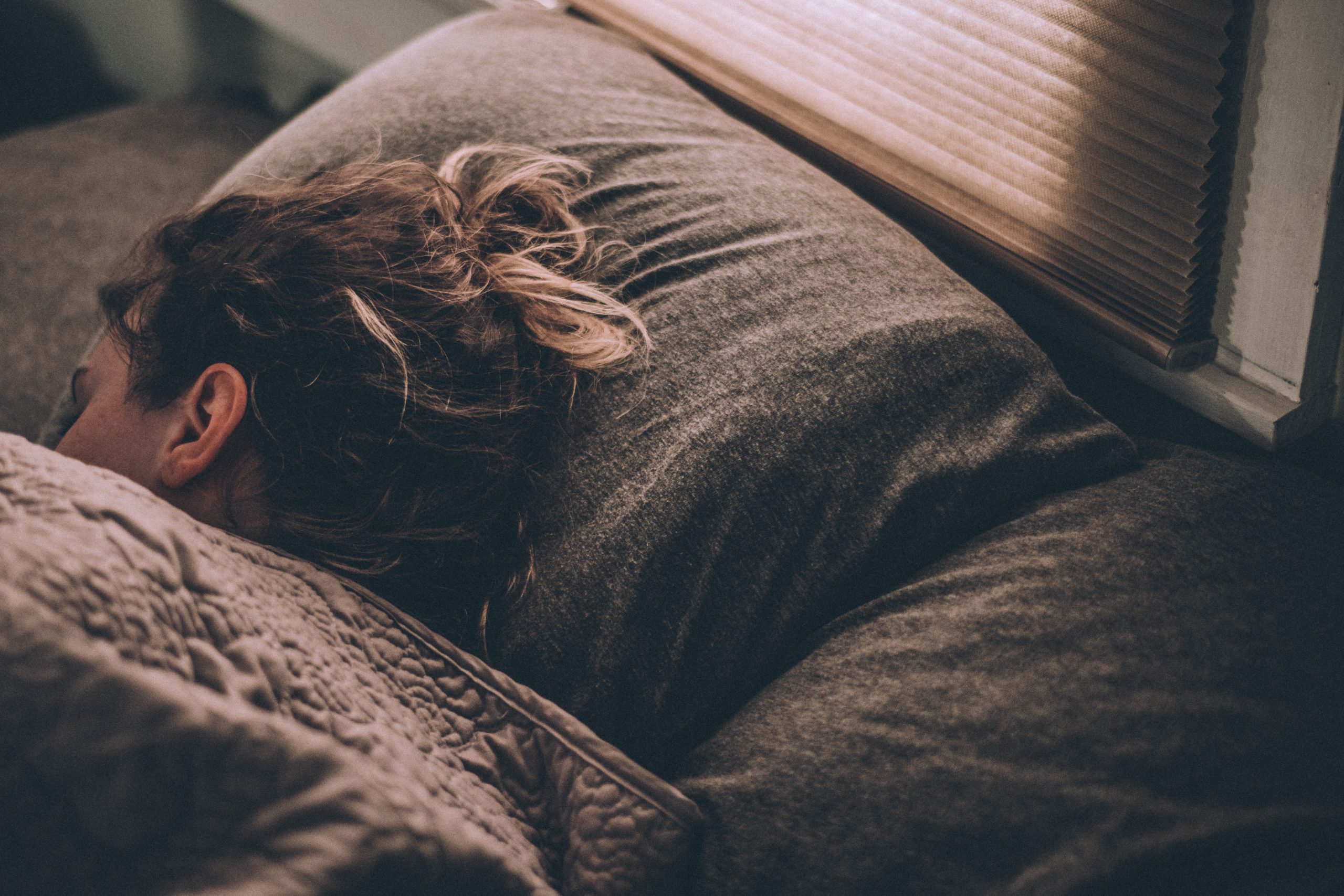
Tossing and turning? Some turn to antihistamines for their drowsy side effects. And, yes, while they might make you sleepy, they’re definitely not intended for regular use as a sleep aid. You might get a good night’s sleep but they can actually result in a hangover-like feeling the next day. Got sleep concerns? Consult a doctor for informed advice.
Using aspirin for acne
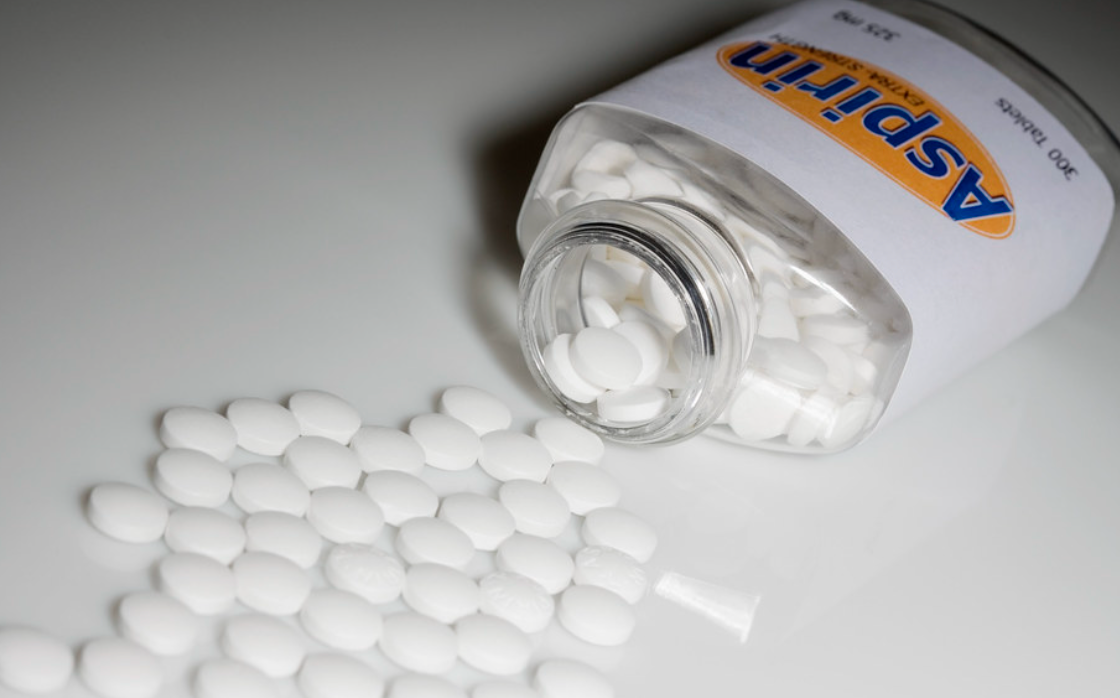
Breakouts are frustrating, and some people think that creating aspirin pastes will help reduce the inflammation. Now it’s true that aspirin is an anti-inflammatory, but applying it topically might not be effective for acne and could actually irritate the skin even more. Stick with recommended or prescribed treatments instead.
Applying milk of magnesia for oily skin
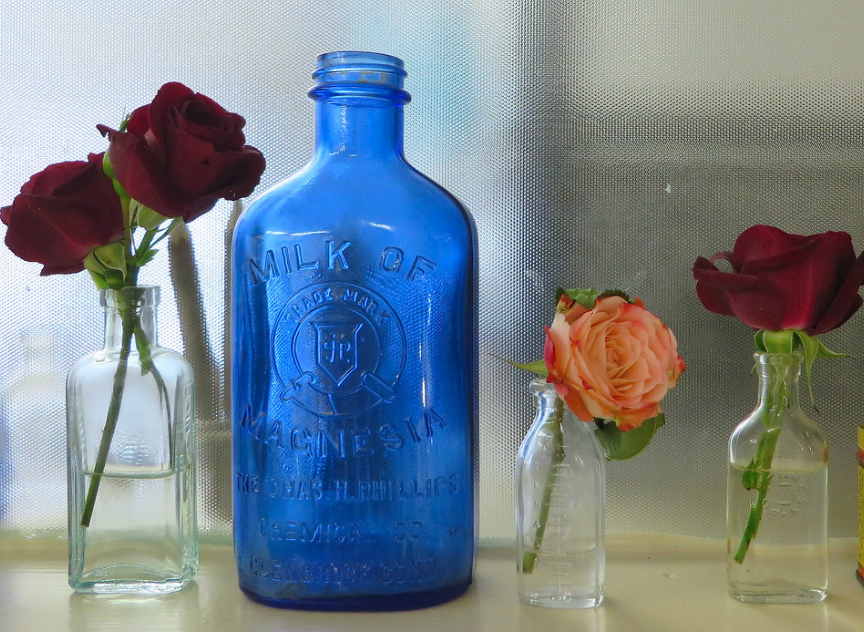
You may have come across this beauty ‘hack’ – using milk of magnesia as a primer to combat oily skin. While it might give a temporary matte effect, this laxative isn’t designed for facial use. Over time, it can end up disrupting the skin’s natural pH, potentially leading to dryness and irritation.
Using olive oil to cure eczema
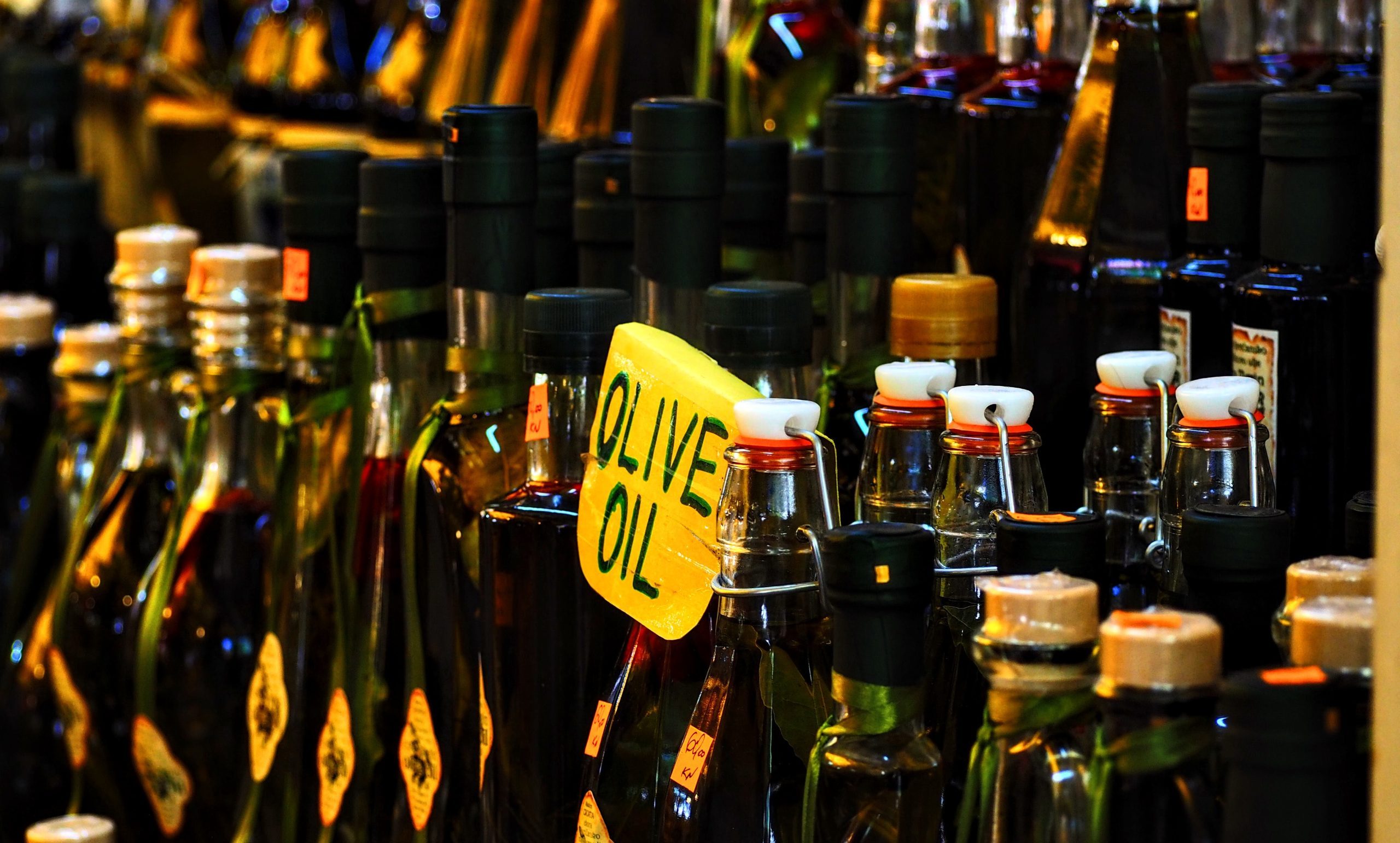
The idea of slathering on some olive oil might seem like a natural remedy for eczema. However, while it can moisturize, it doesn’t provide the barrier repair needed for eczema-prone skin. In fact, it can even aggravate the condition for some. Stick to the E45 or other dermatologist recommended treatments.
Using Listerine for foot fungus
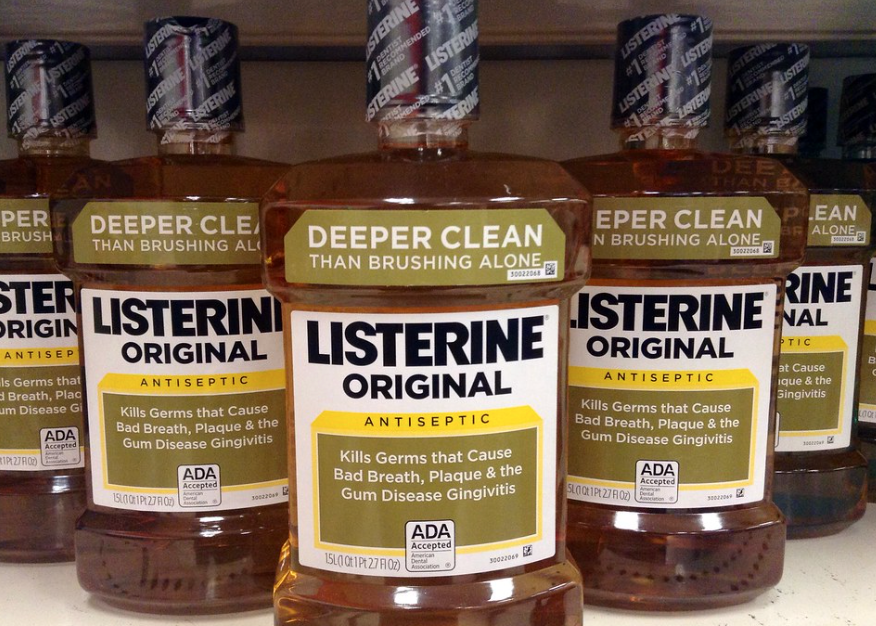
This may sound like an odd one, but it is one that some people believe is helpful due to the antiseptic properties of the mouthwash. Yes, it has these properties, but no, it shouldn’t be used to treat foot fungas. It’s not formulated for that purpose – so even if you feel a tingling sensation, don’t mistake that for an effective treatment.
Tilting your head back during a nosebleed
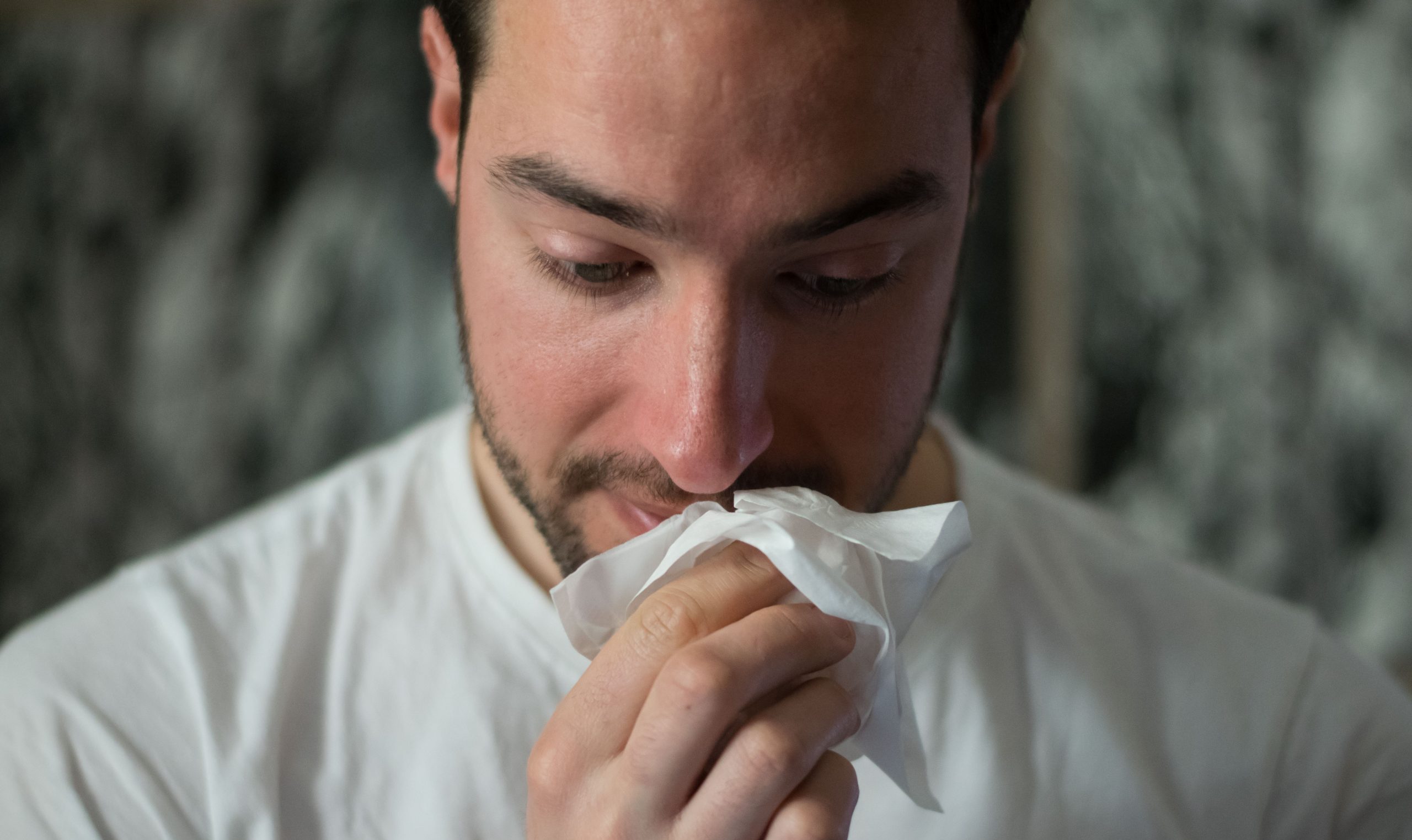
It’s a common response to tilt your head back during a nosebleed, but this can actually cause blood to flow down the back of your throat. Obviously the taste is unpleasant, but it can also lead to coughing or even choking. The safer approach? Lean forward slightly and pinch your nostrils together to stop the bleed.
Wearing a hat to prevent heat loss

This one is a very popular belief: that we lose most of our body heat through our heads, making hats essential in cold weather. Hats are of course cozy and can make us feel warmer, the idea that we lose a majority of heat specifically through our heads is exaggerated. Keep every part of your body wrapped up when it’s cold, don’t just rely on your wooly hat to do the heavy lifting.
Eating raw garlic to cure a cold
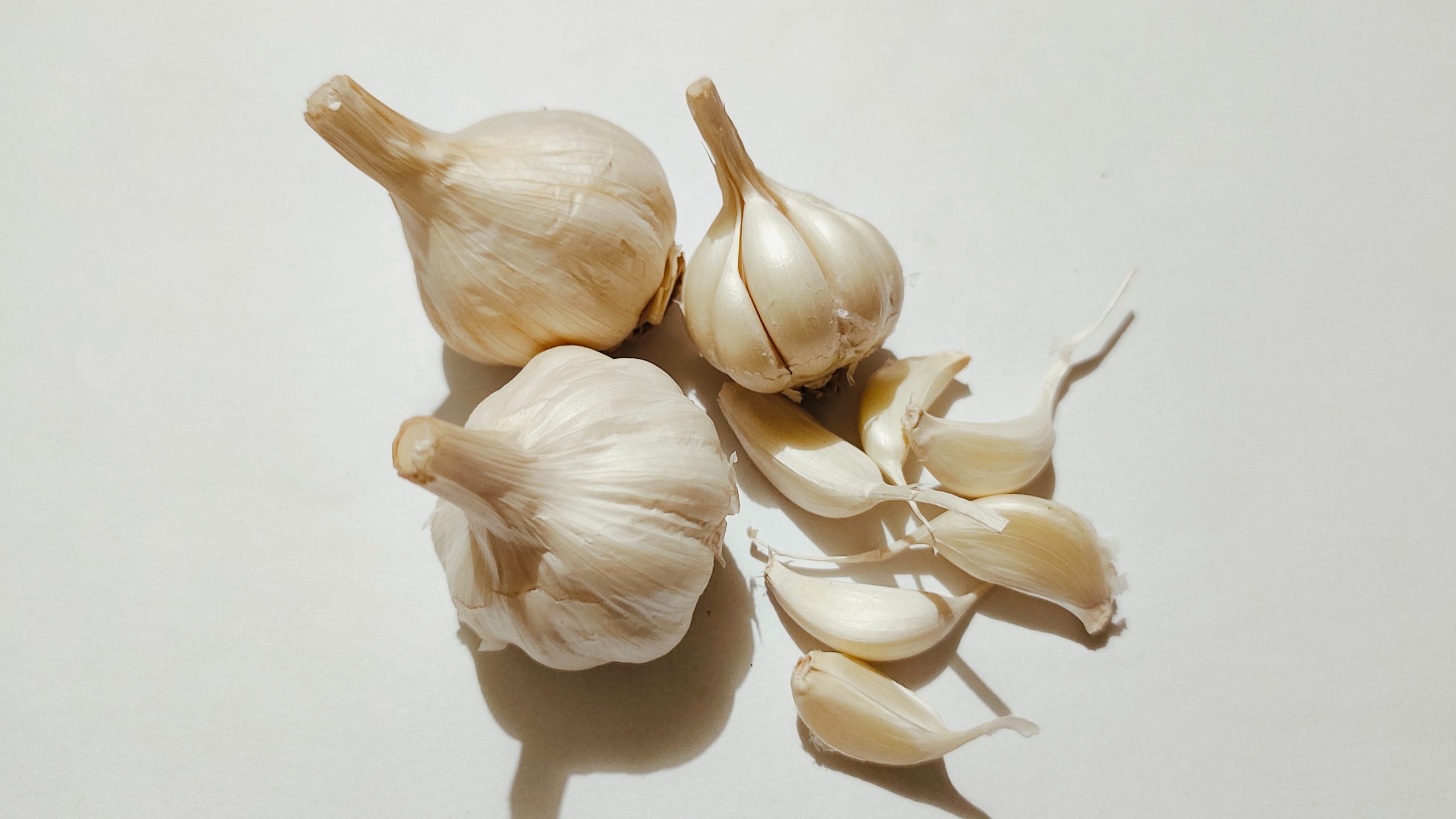
Garlic does have health benefits, but thinking a few cloves can instantly cure a cold is wishful thinking. Some studies suggest garlic can boost immunity, but gobbling it up once you’re already under the weather might not make your cold disappear. Not to mention, too much can upset your stomach or give you terrible breath.
Applying heat to a sprain or strain
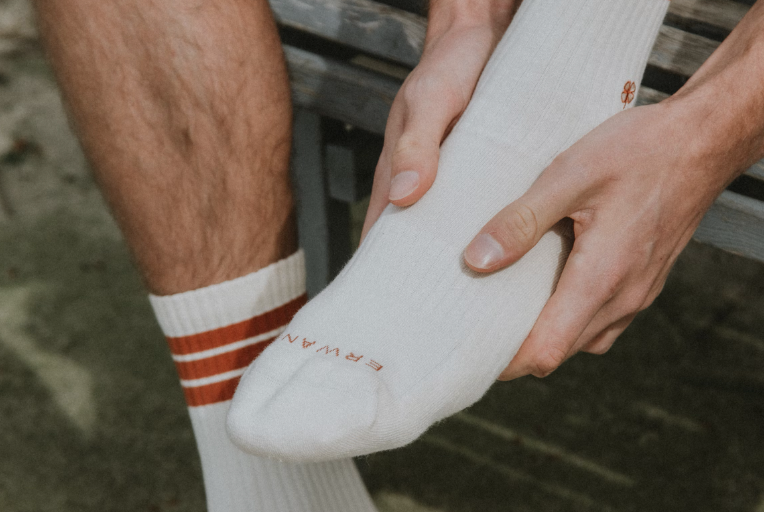
When nursing a fresh sprain or strain, you might think it sensible to apply some heat. But during that initial inflammatory phase straight after the accident, heat can actually increase the swelling. Give it 48 hours before doing this. In that first 48 hours apply cold instead to minimize swelling. After this, alternating between heat and cold is probably your best bet.
Drink milk to cure a cold
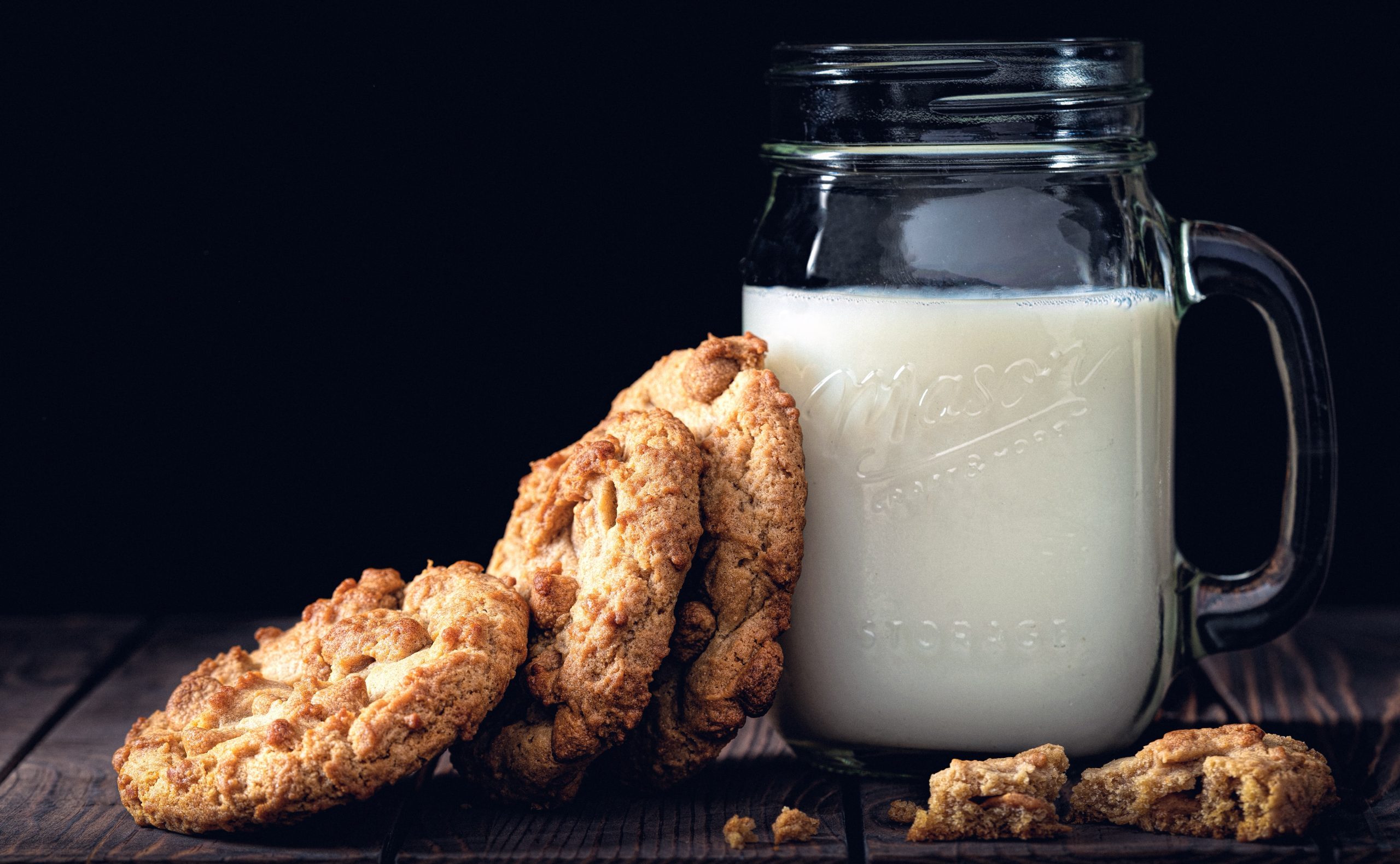
While a warm glass of milk might feel soothing on your sore throat, for some, dairy can temporarily thicken phlegm. So, while milk isn’t harmful during a cold, if you feel it makes your throat more coated, you might want to stick to hot drinks that loosen compacted mucus, like hot teas or clear broths.
Avoid sitting close to the TV for your eye health
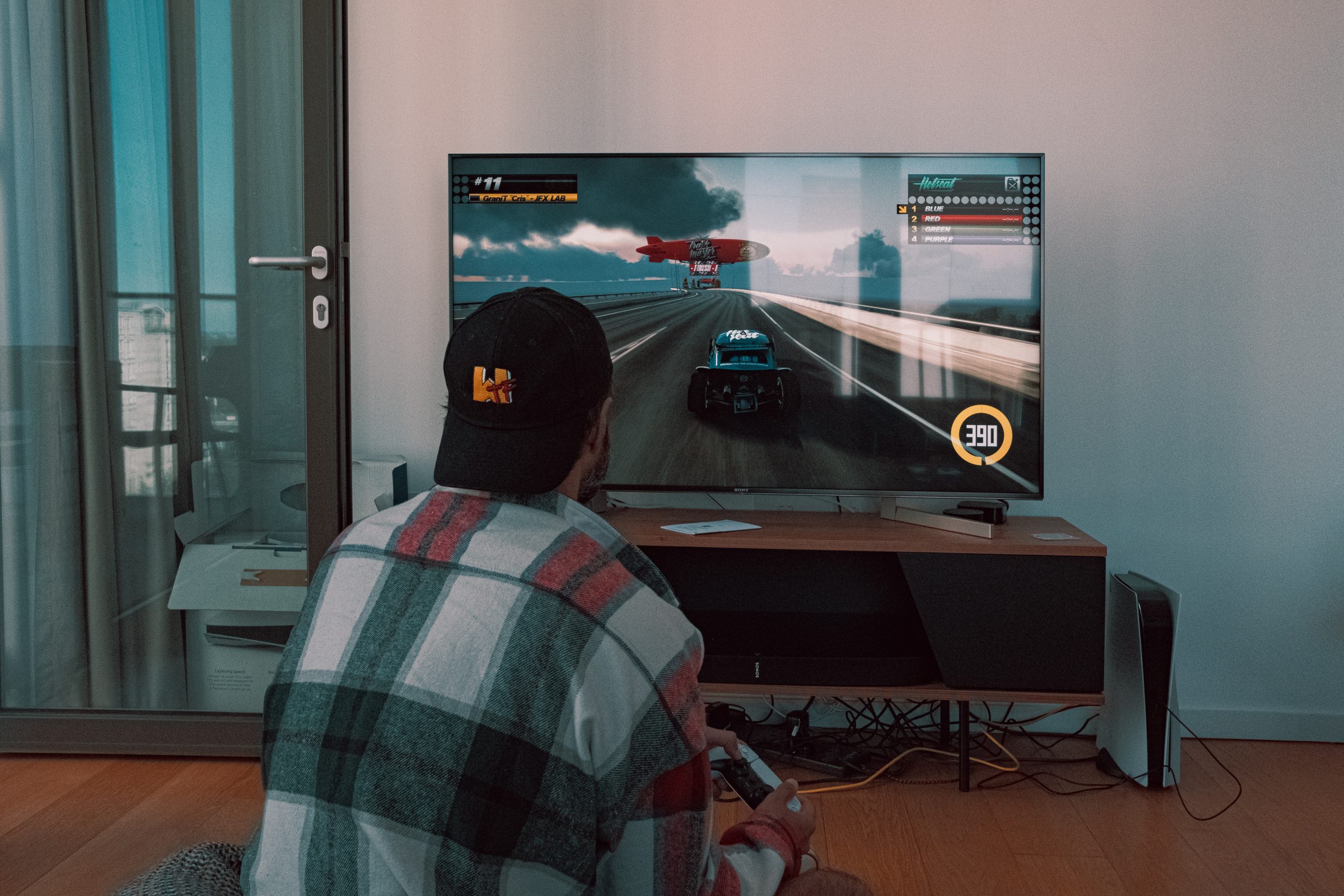
You probably heard this old wives’ tale frequently as a kid – sitting too close to the TV will cause blindness due to radiation. However, most modern televisions release very little – if any – radiation to hurt your eyes. Painful or dry eyes after a marathon gaming or Netflix session likely stem from a lack of blinking or eye muscles tensing – but rest assured you won’t go blind if you’re sitting too close.